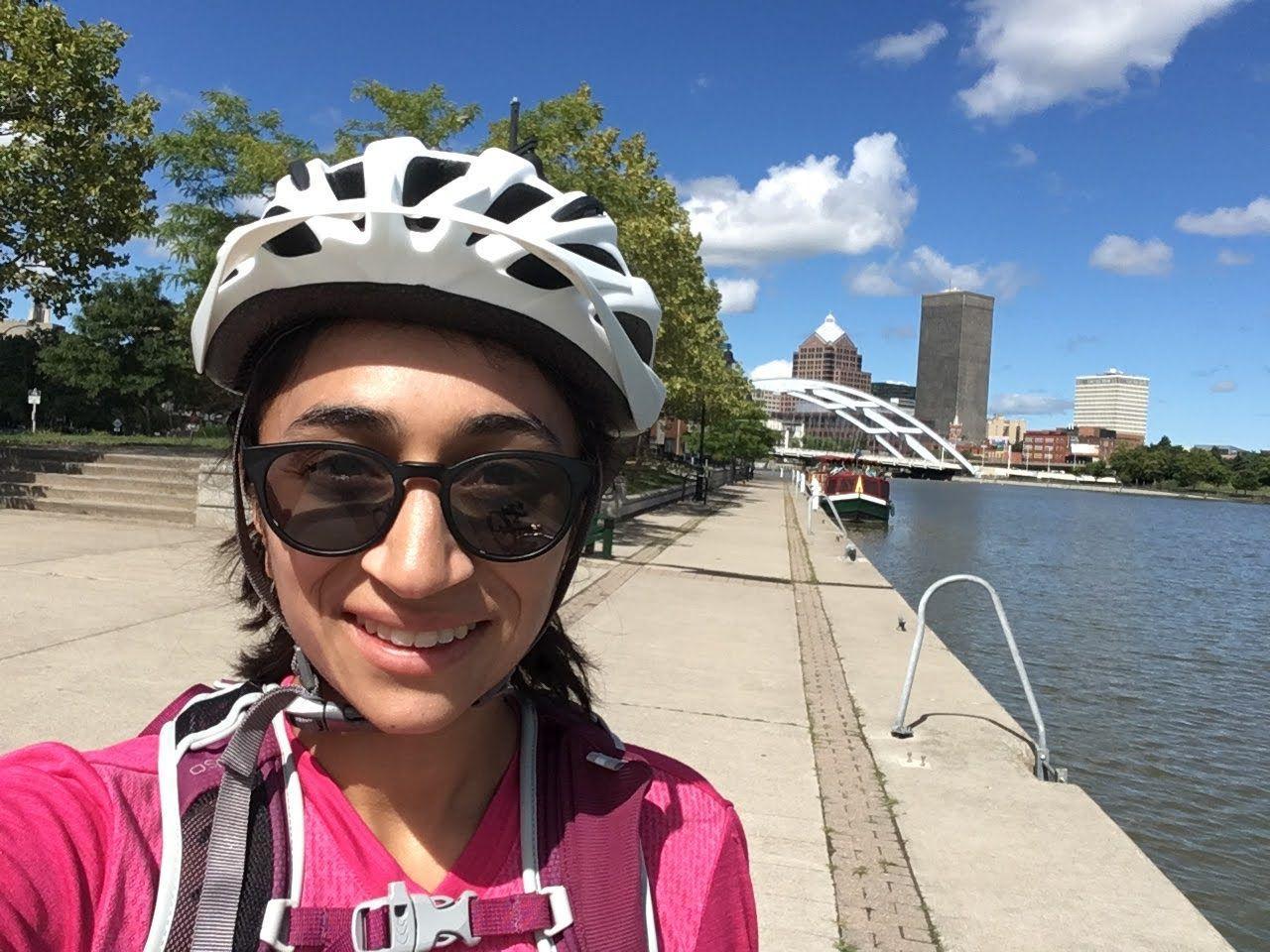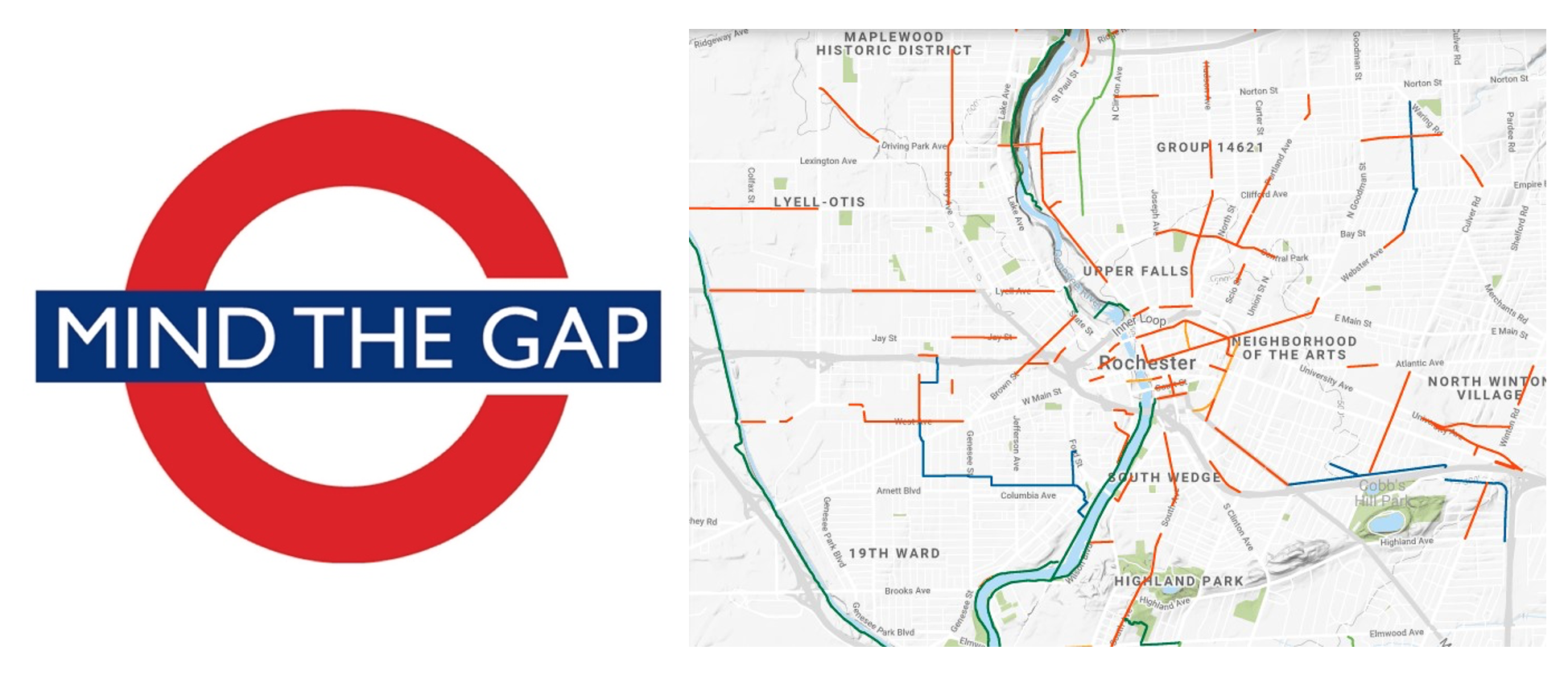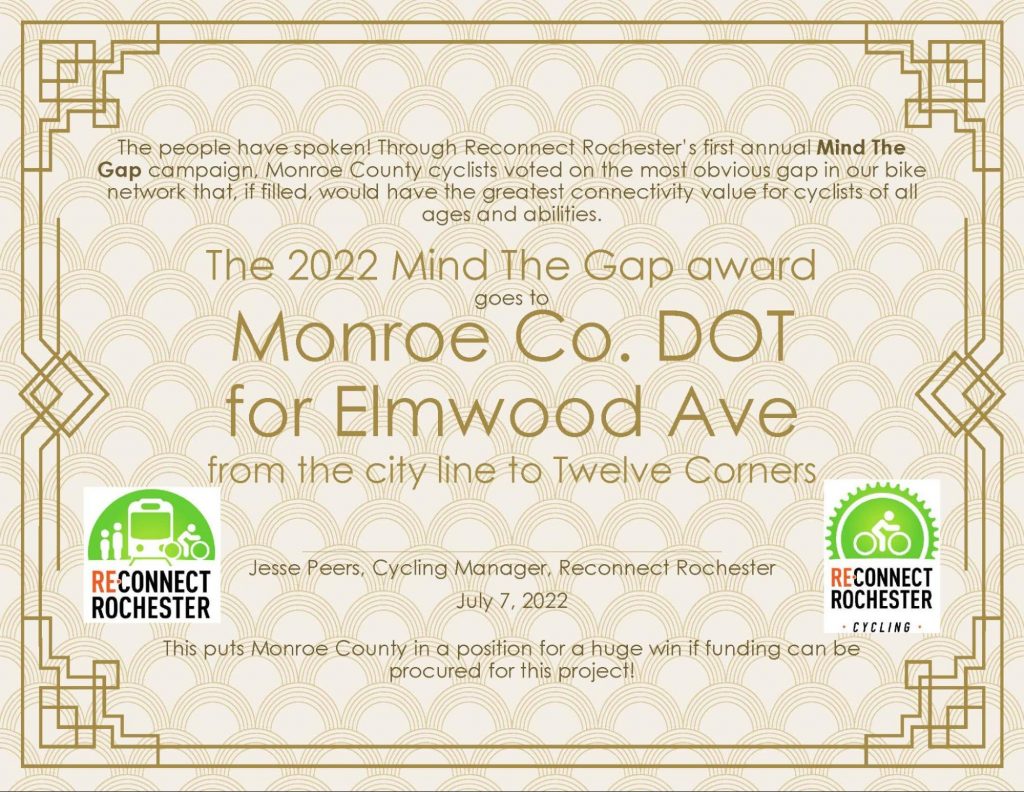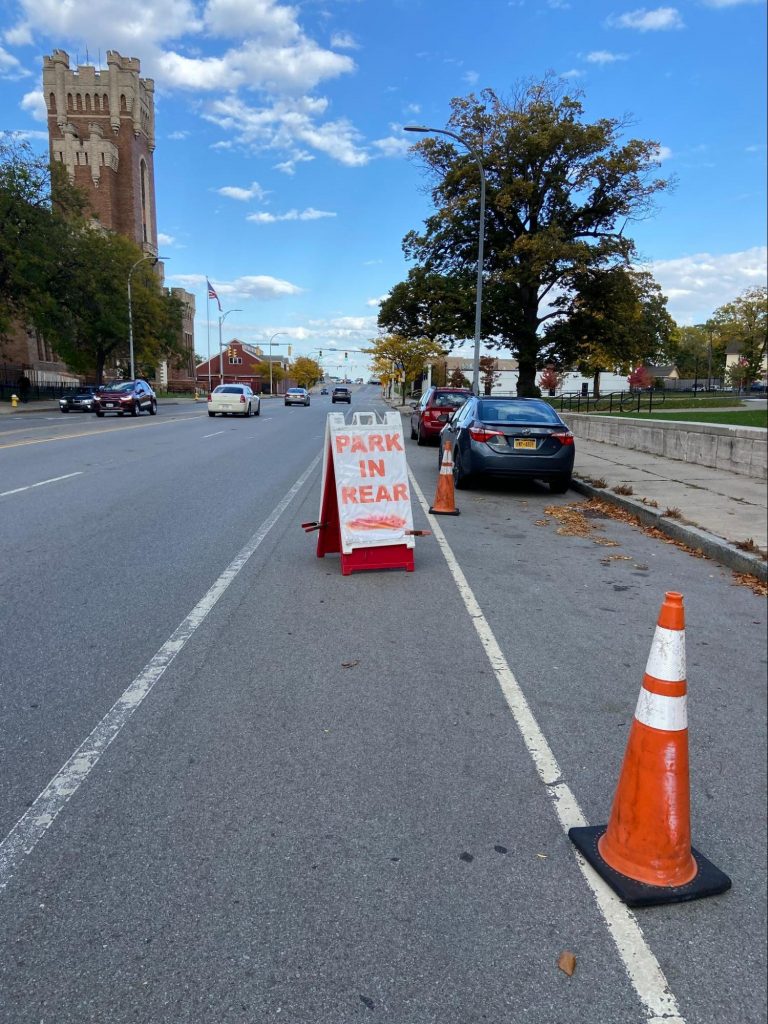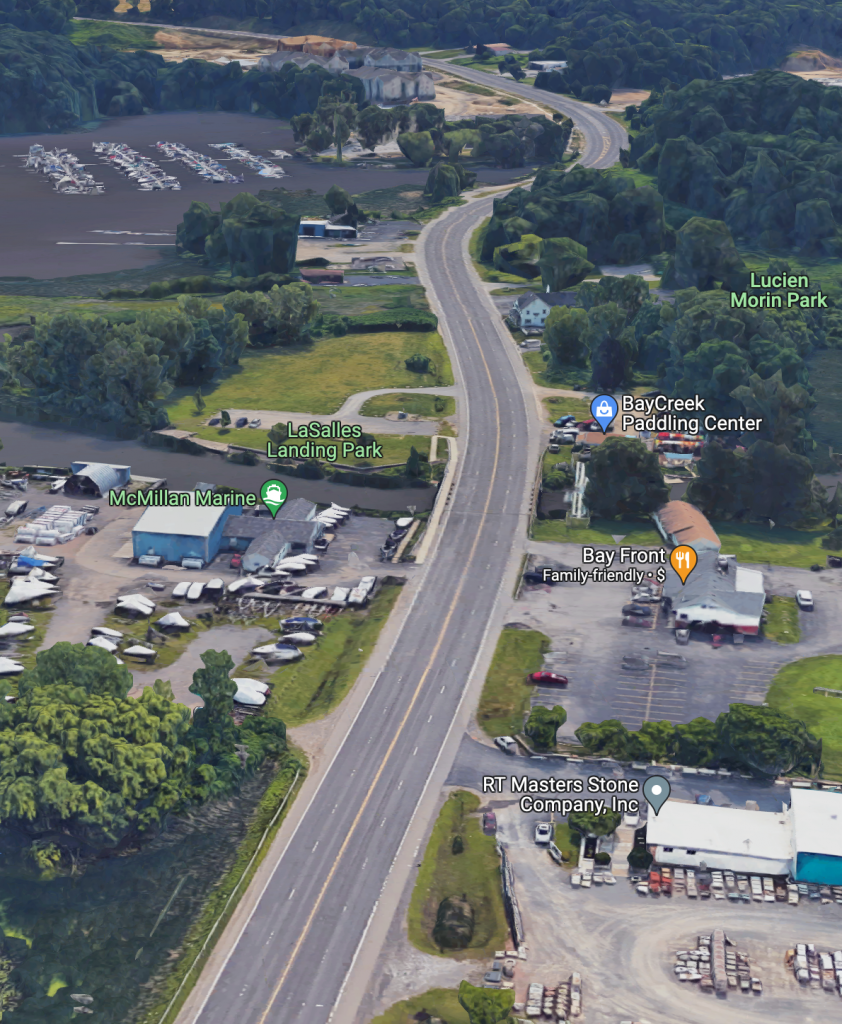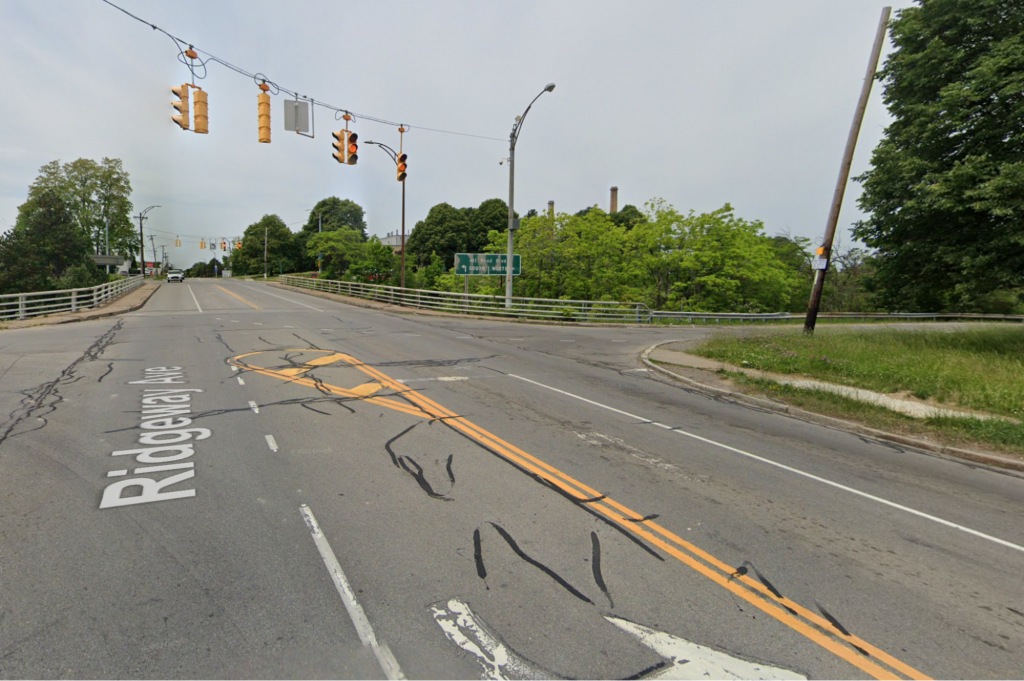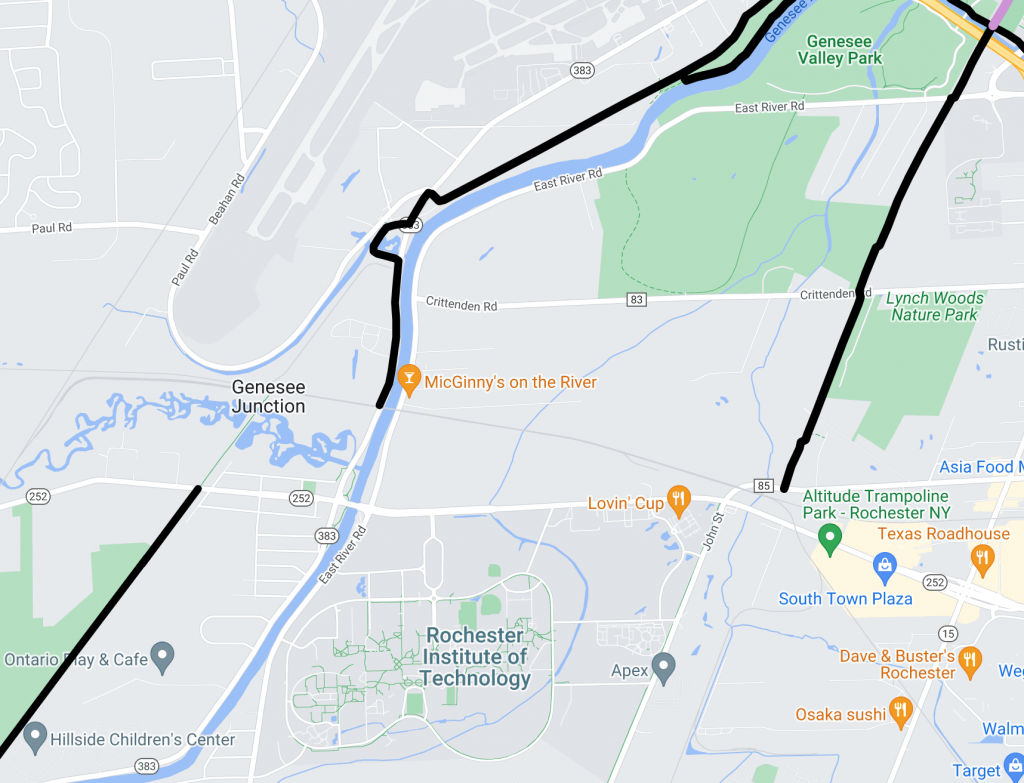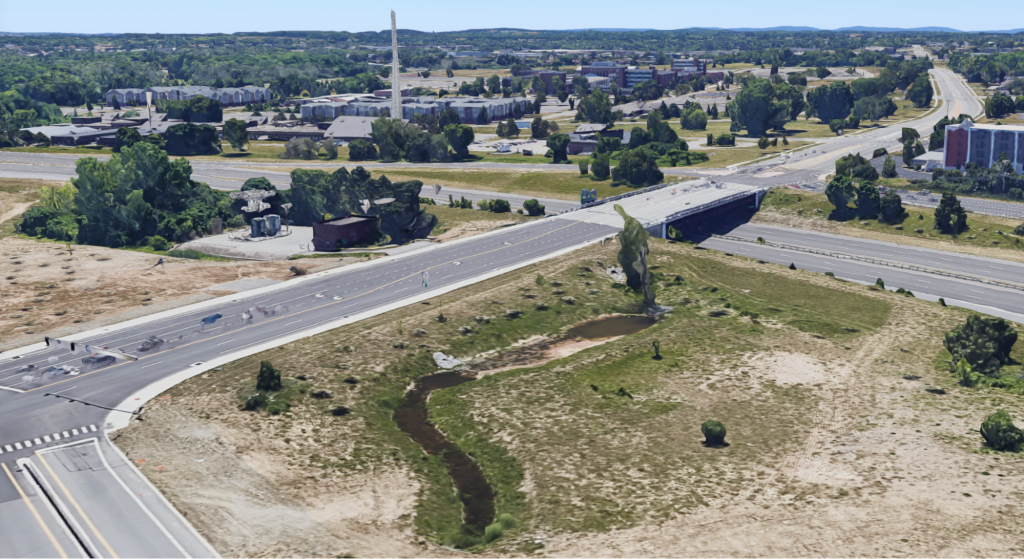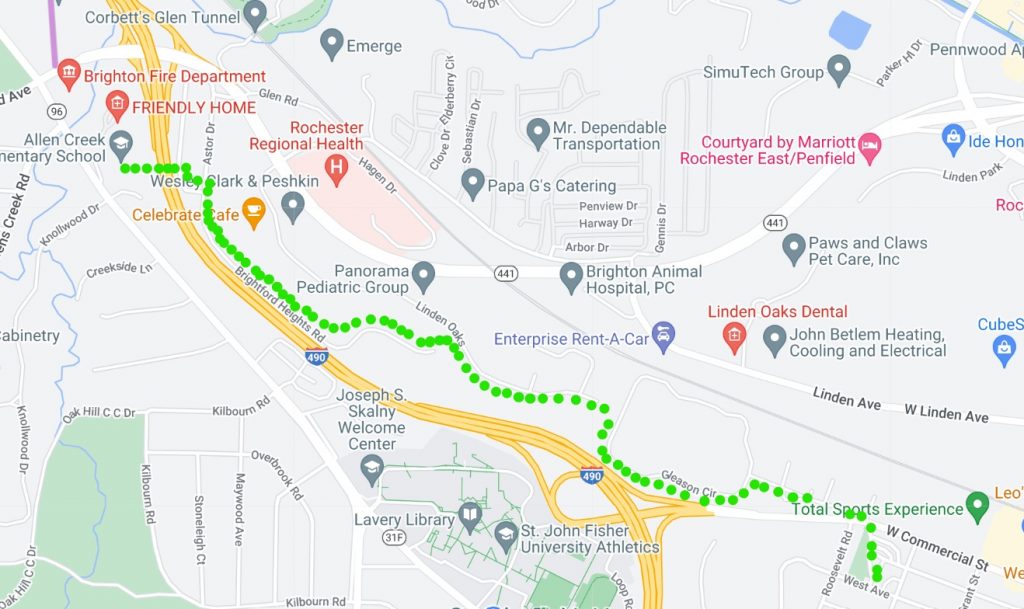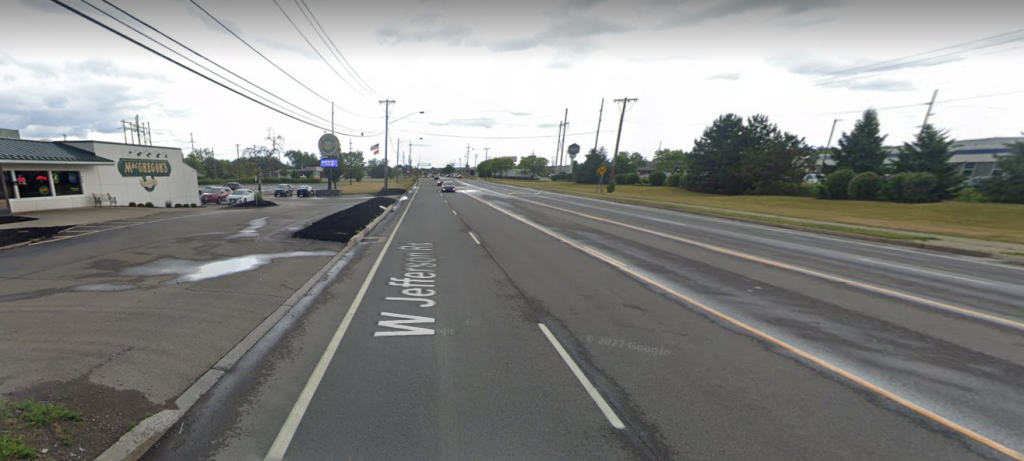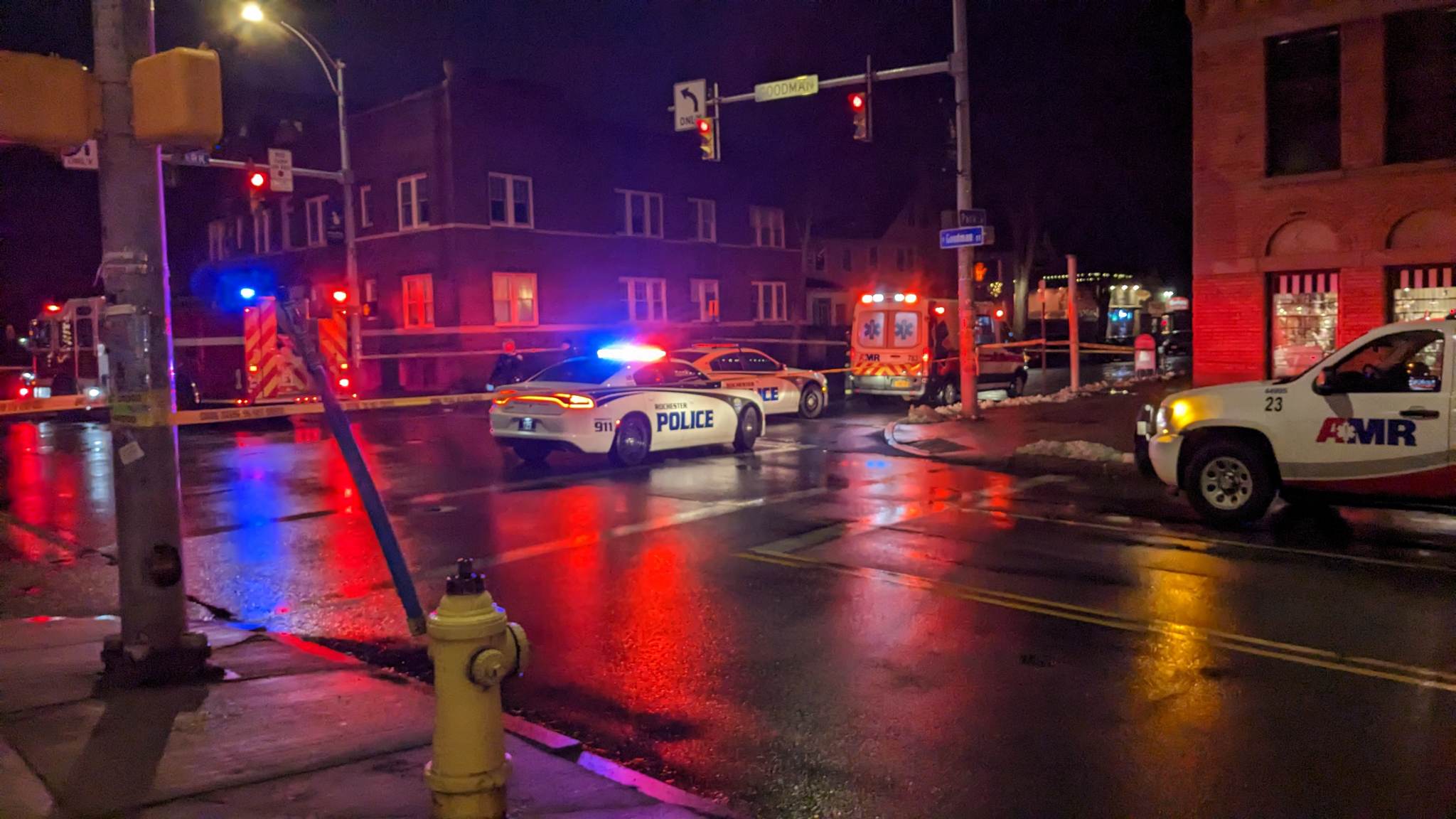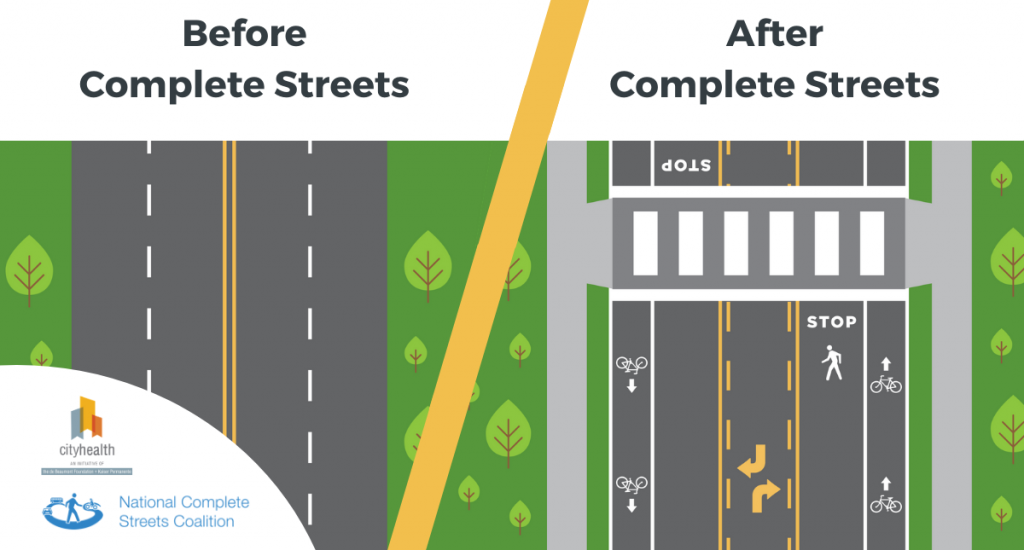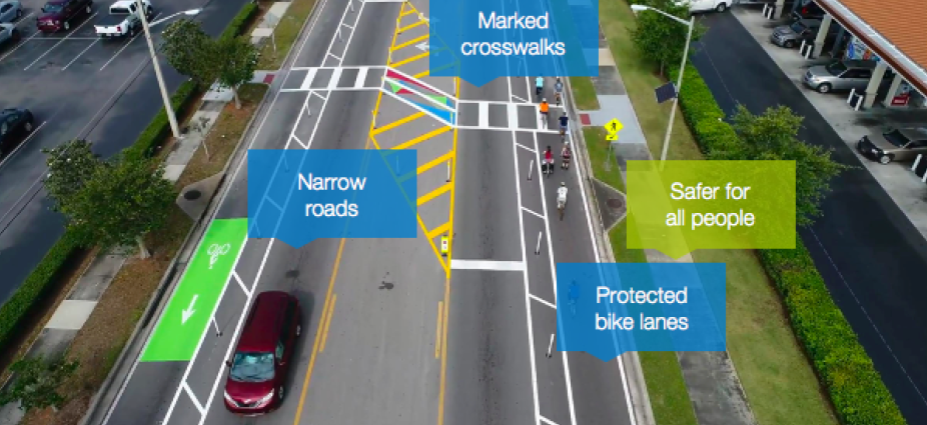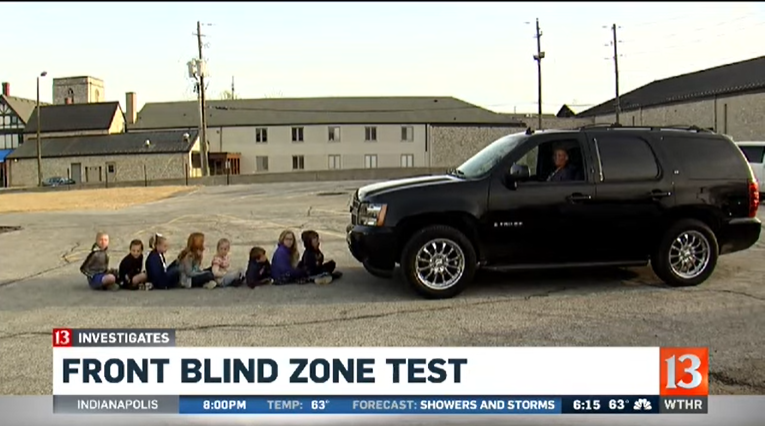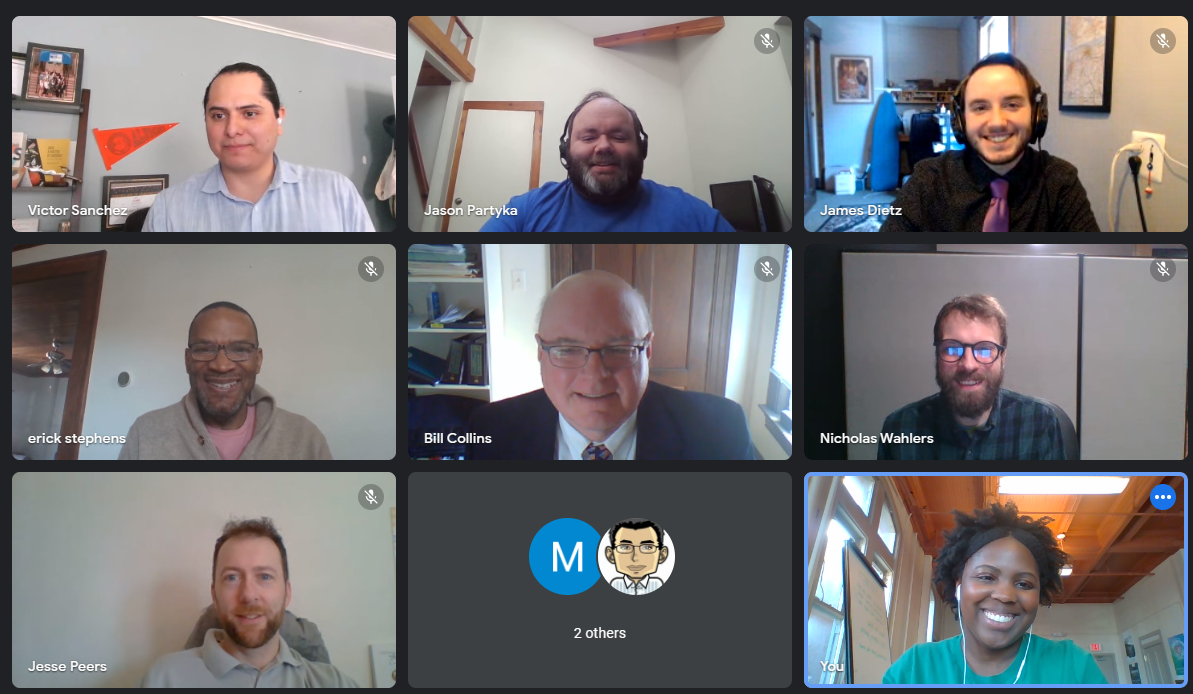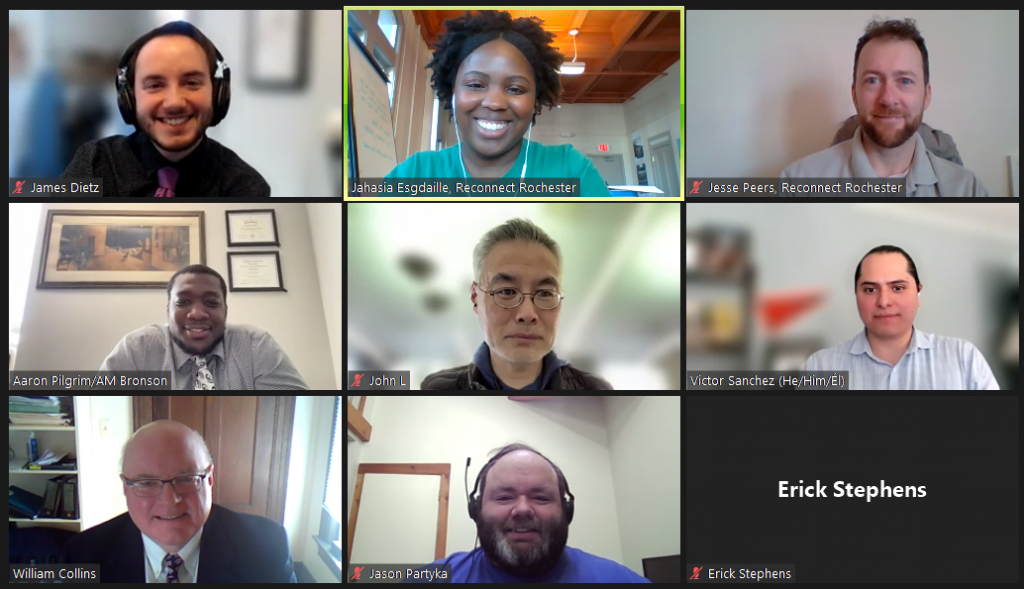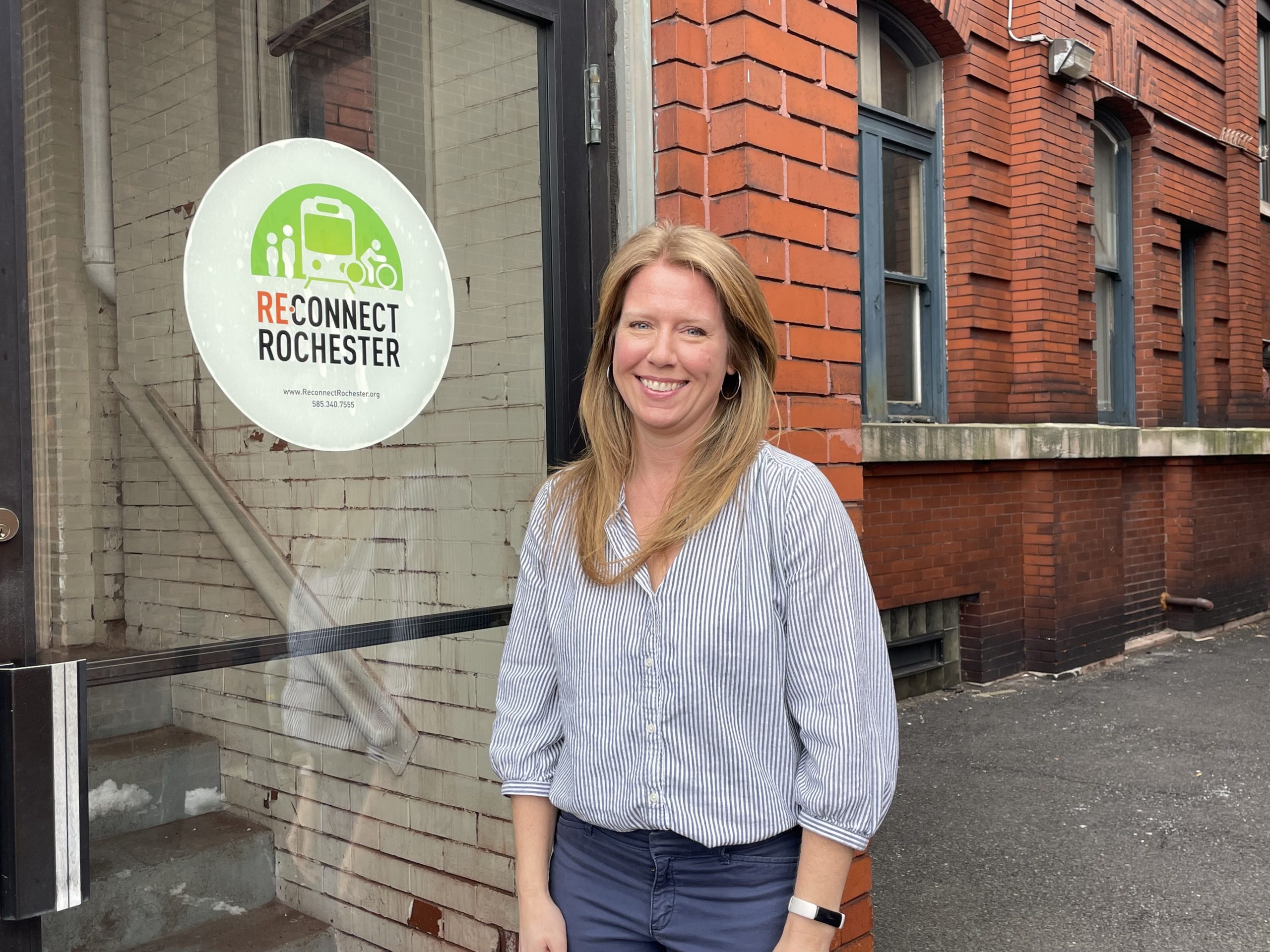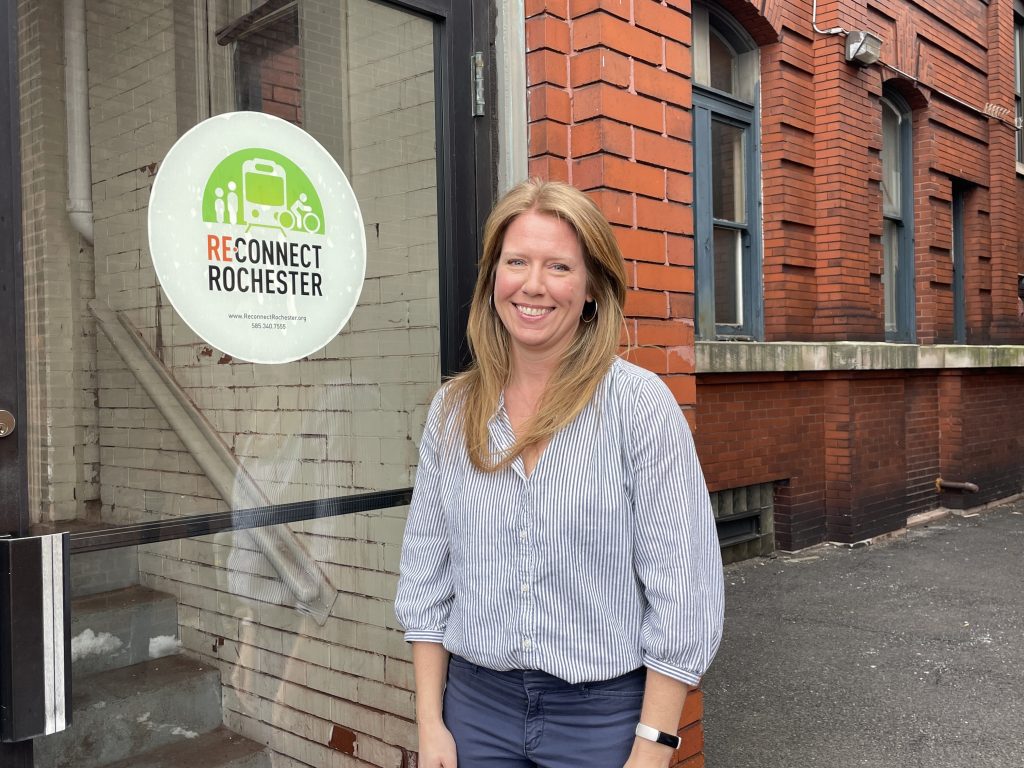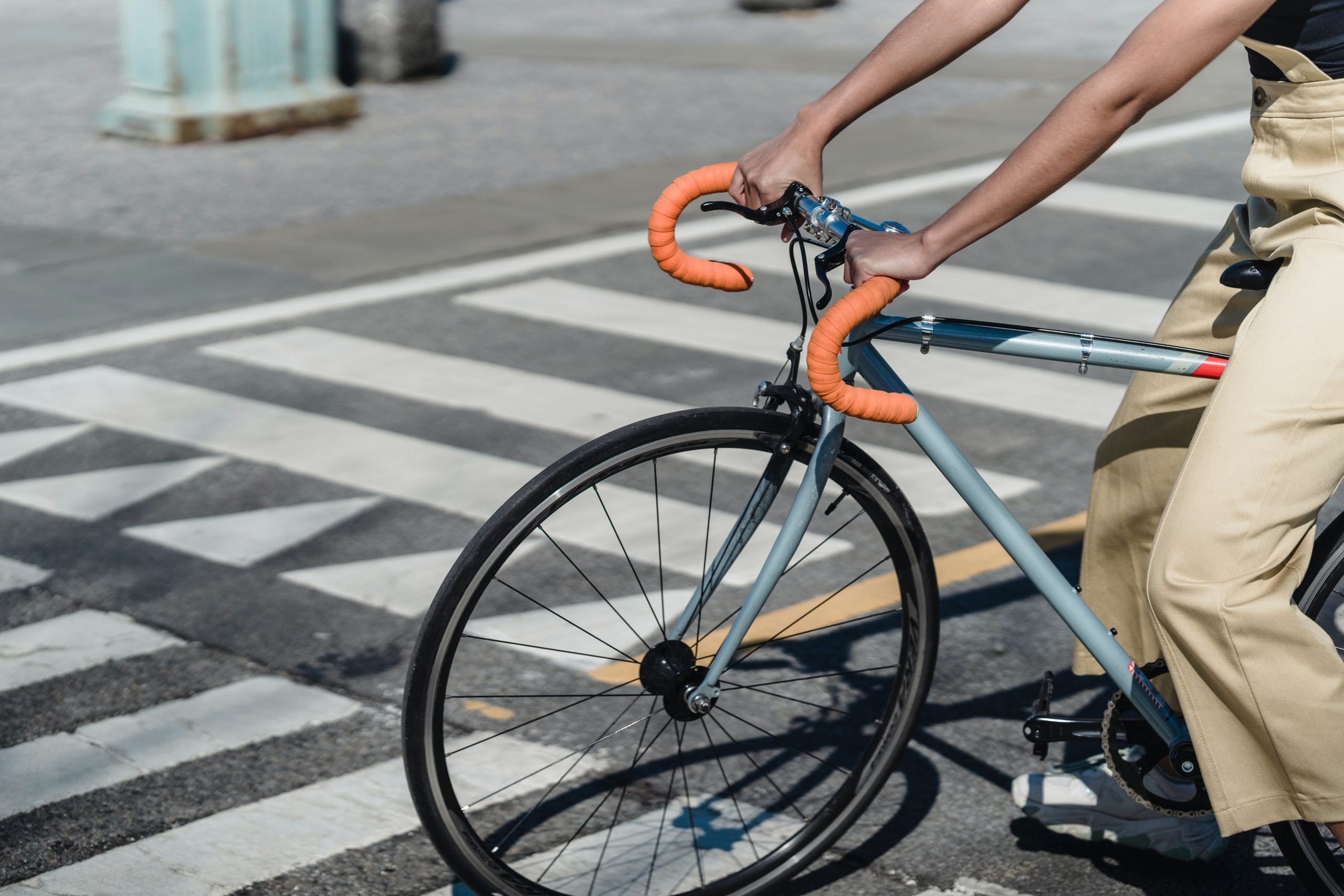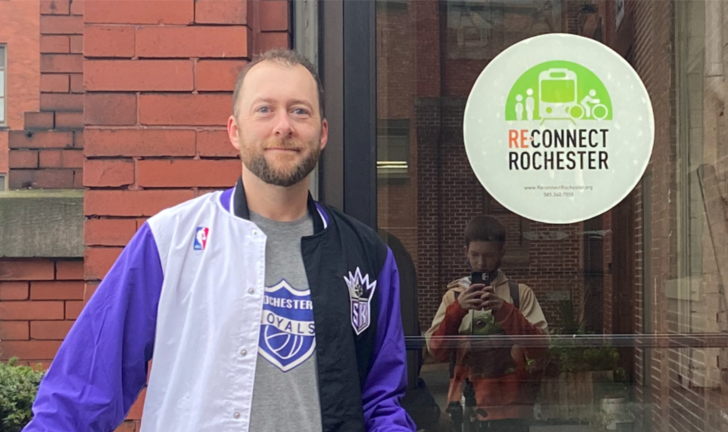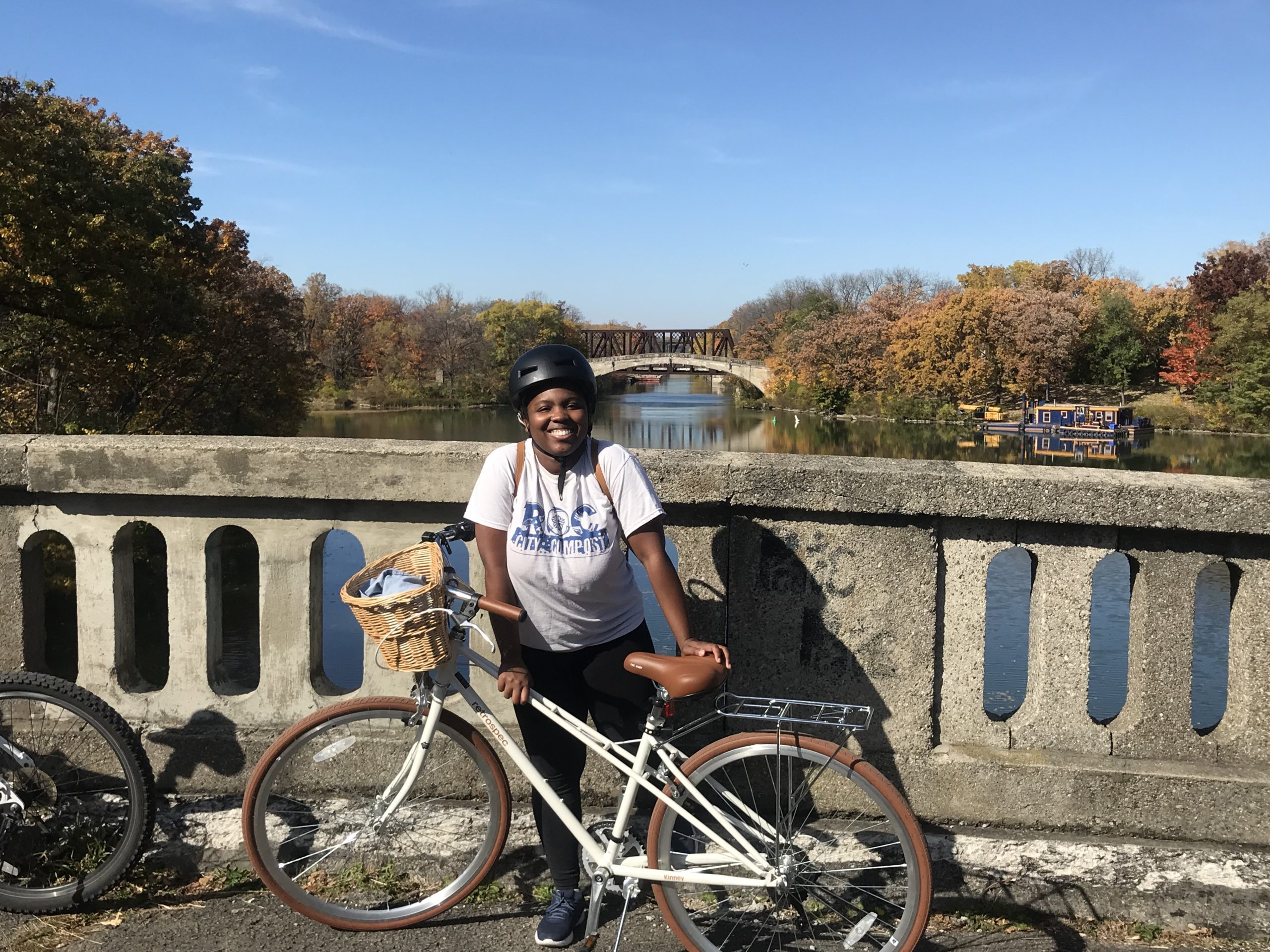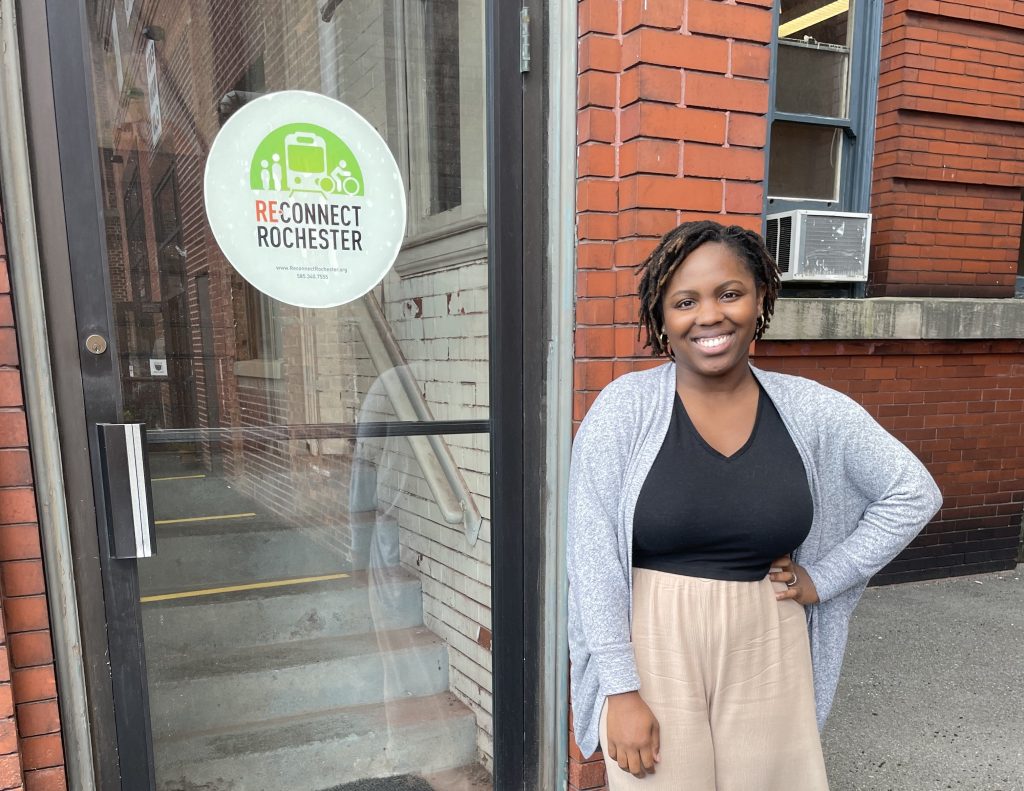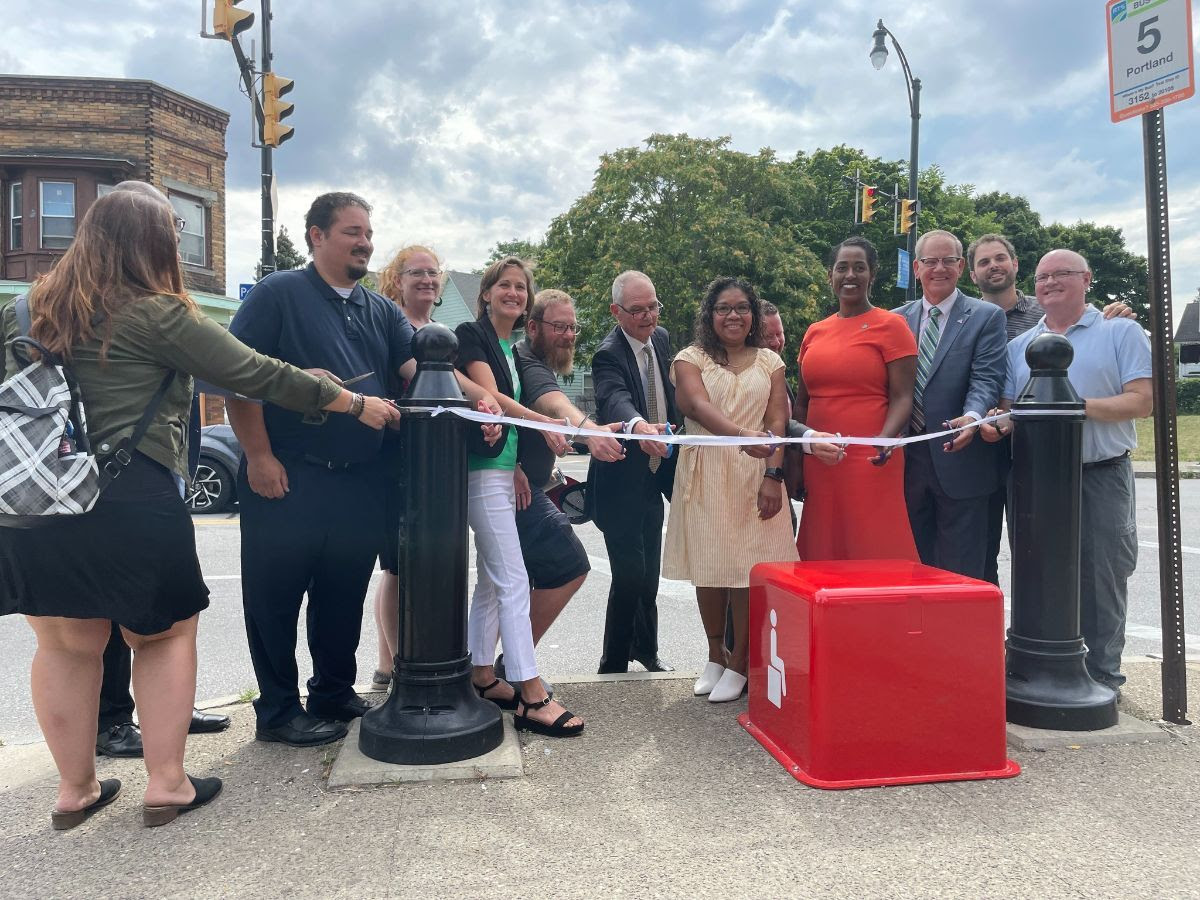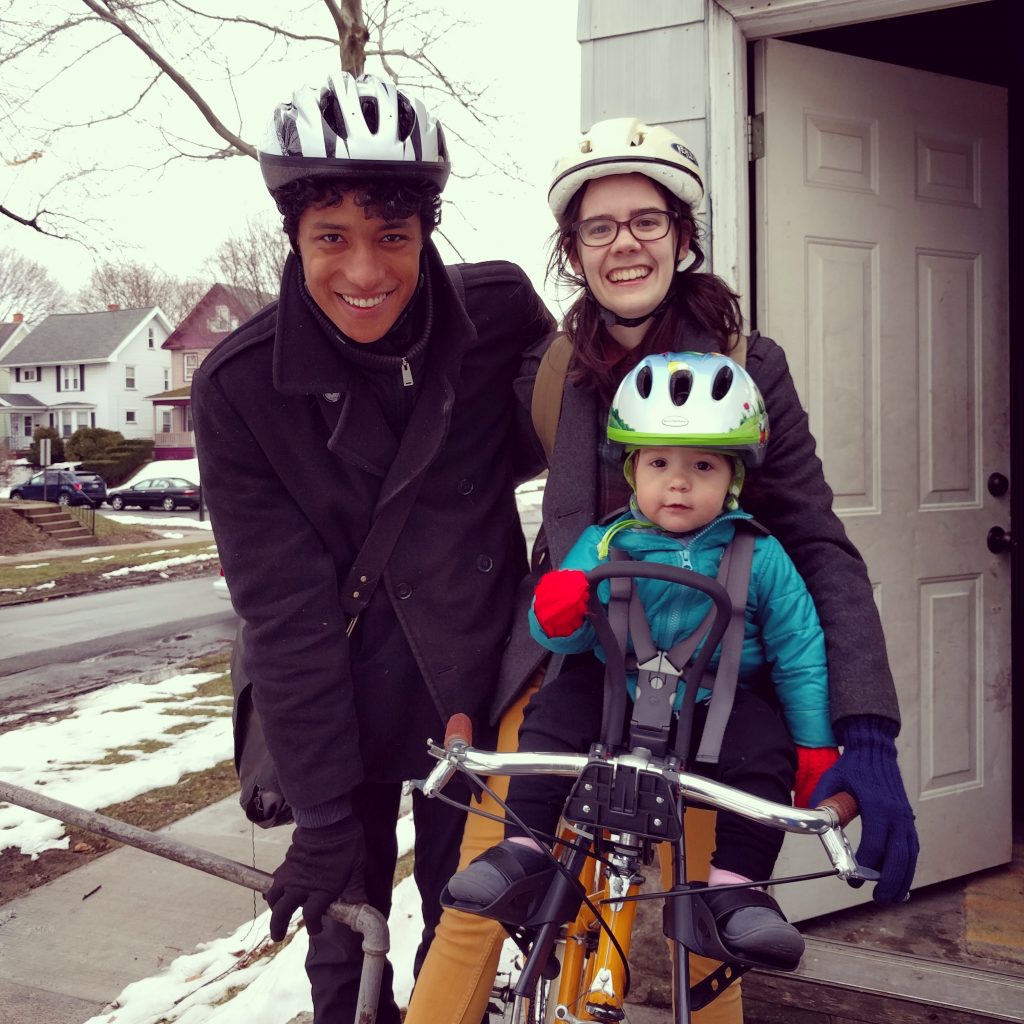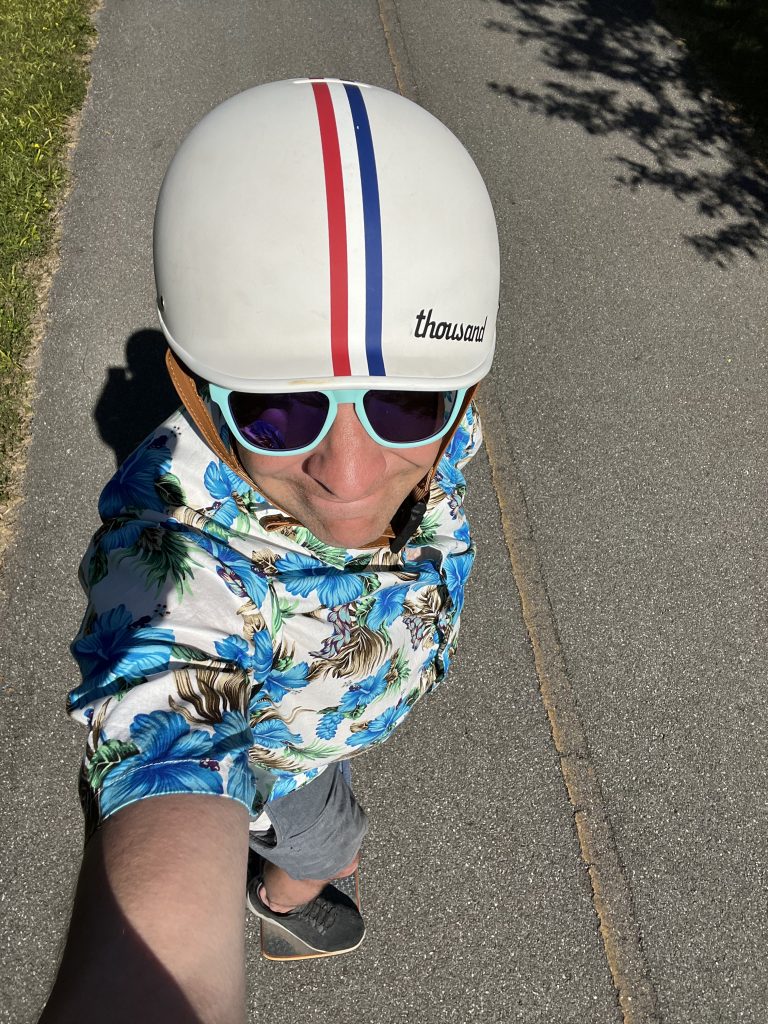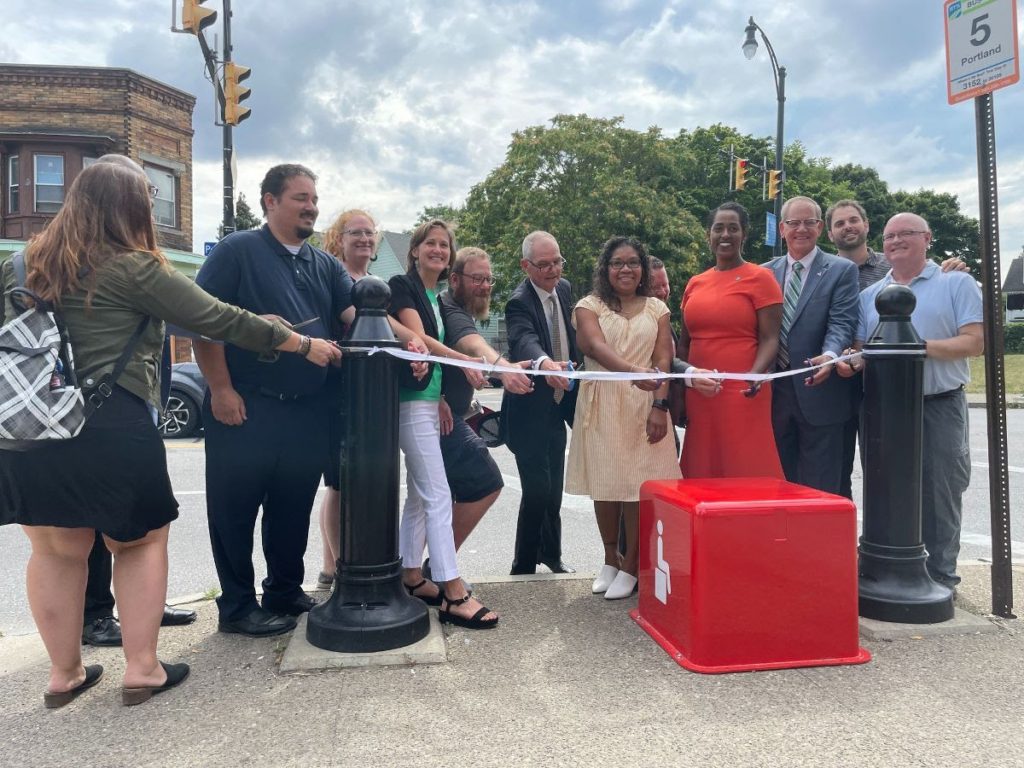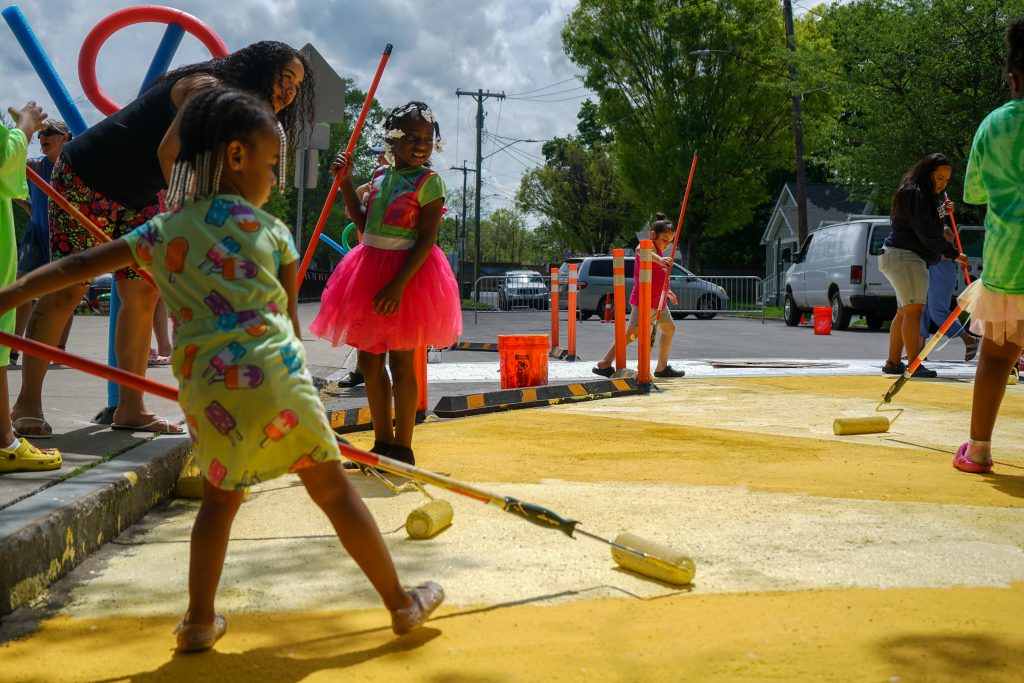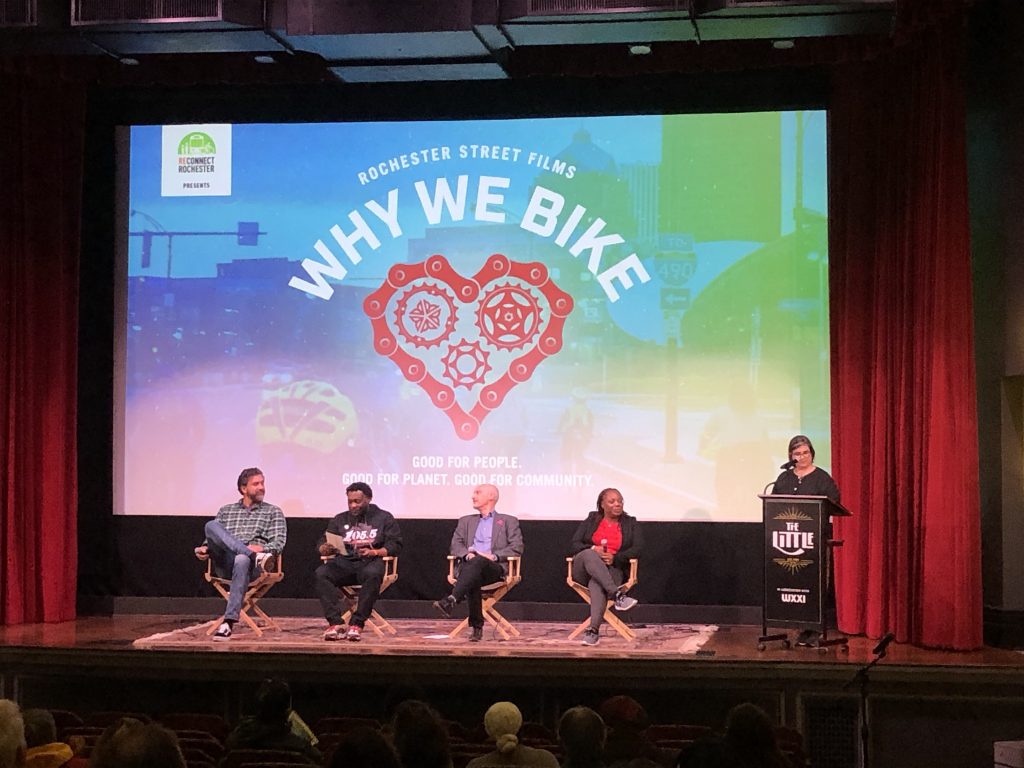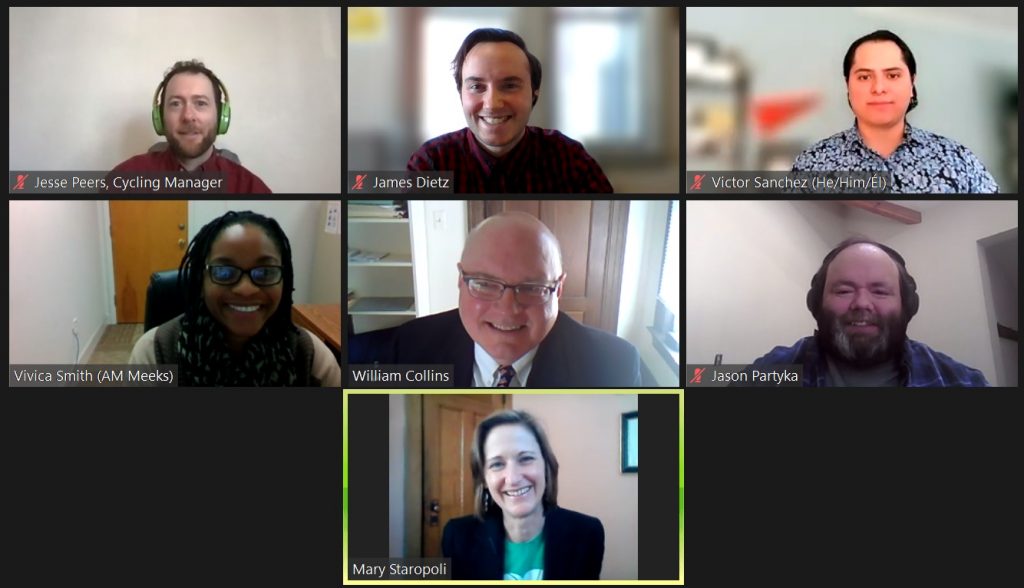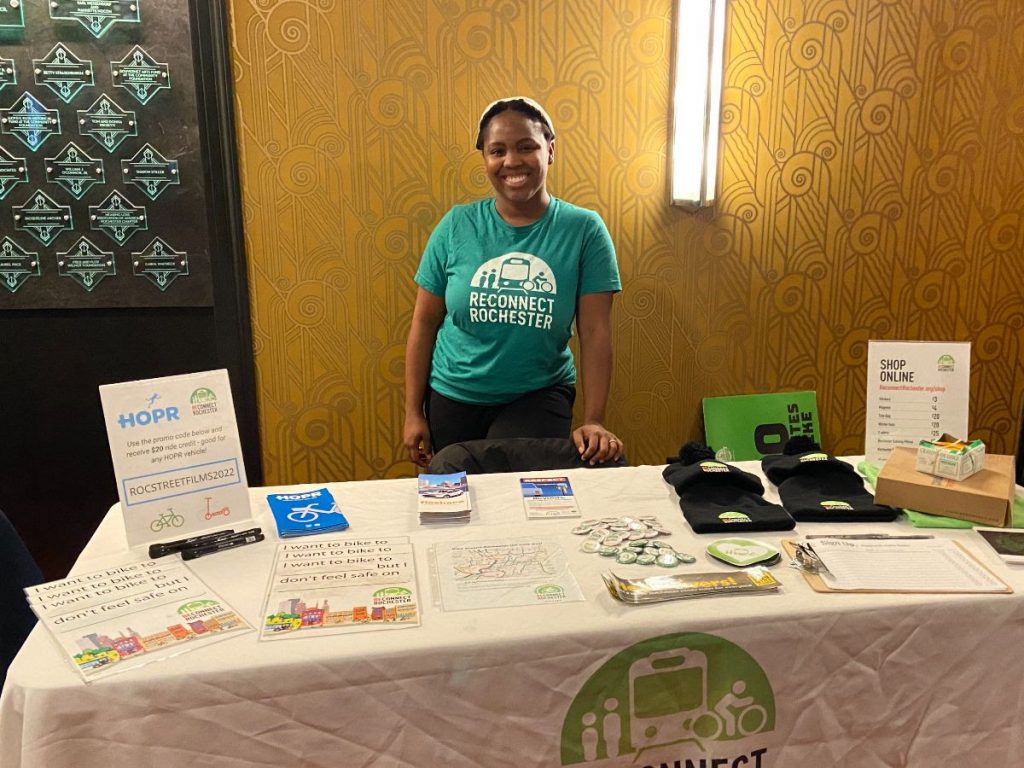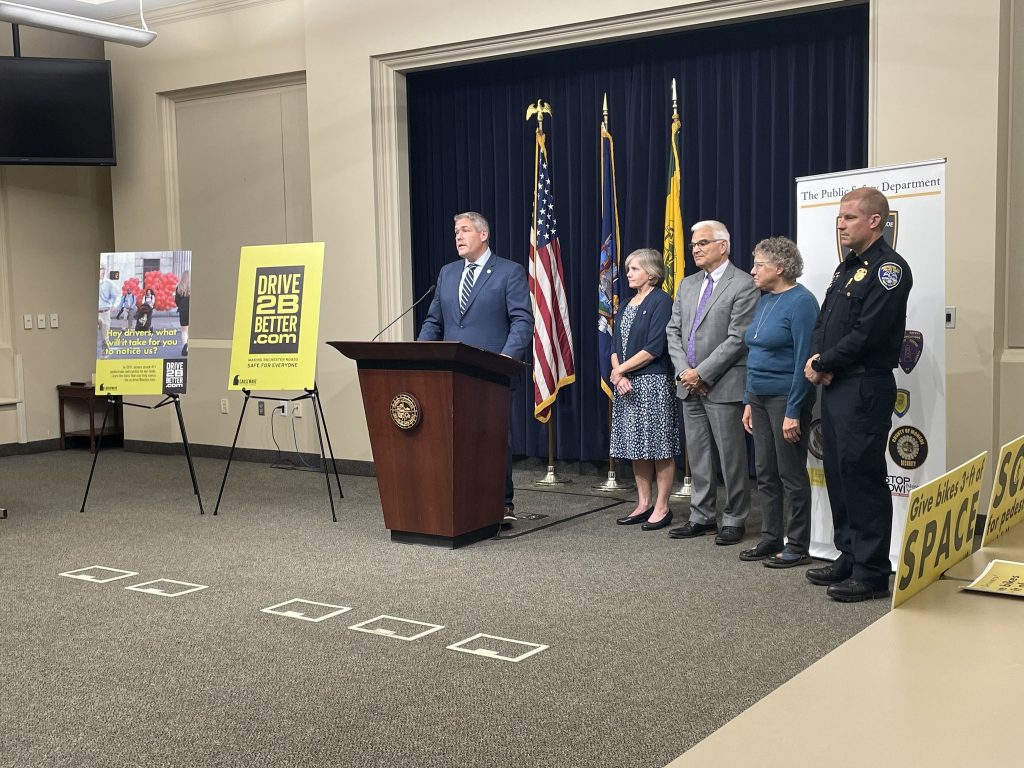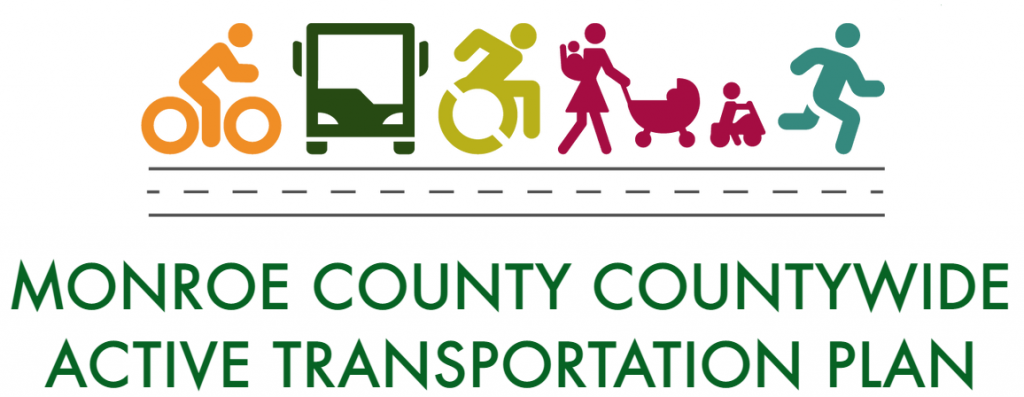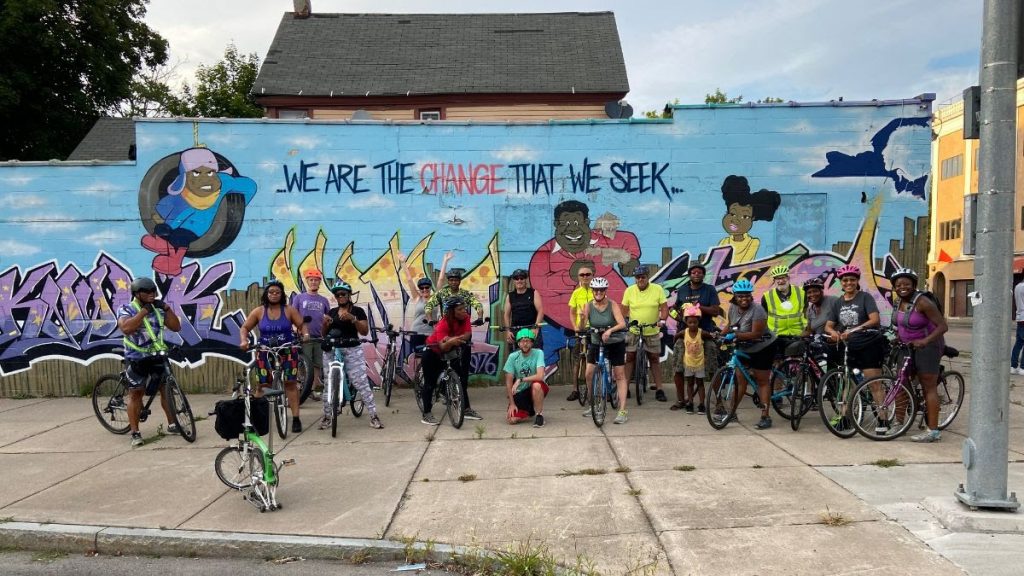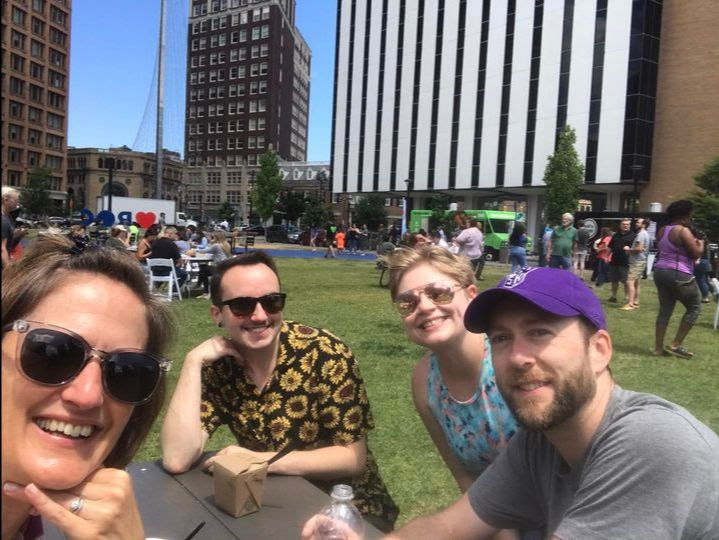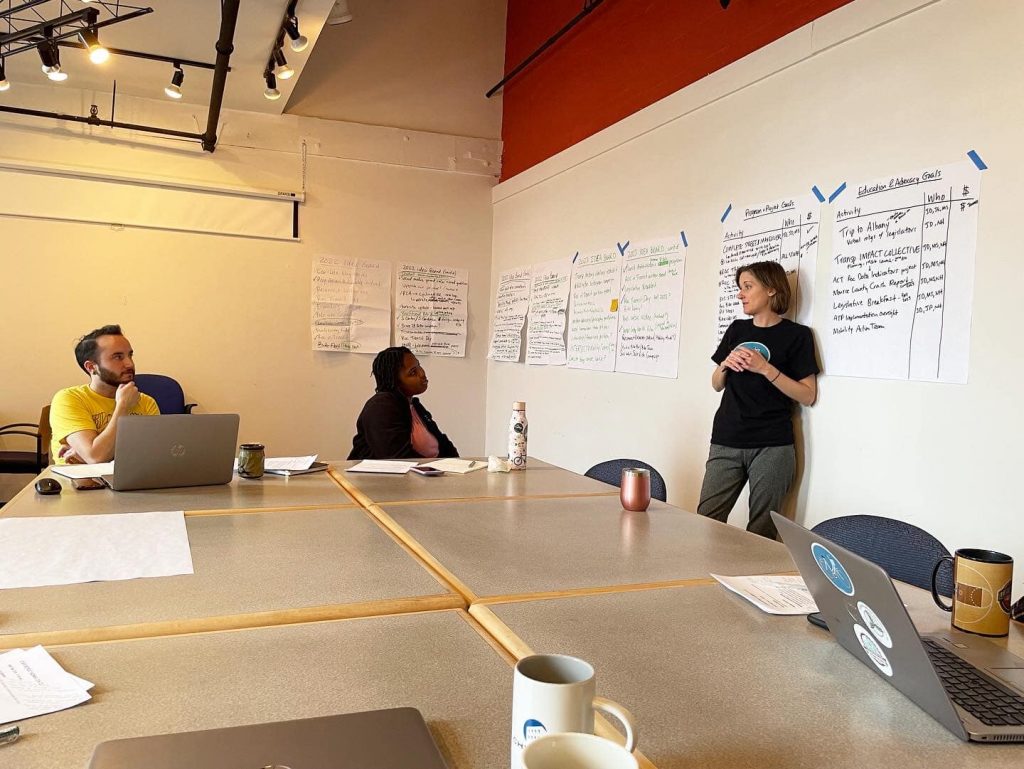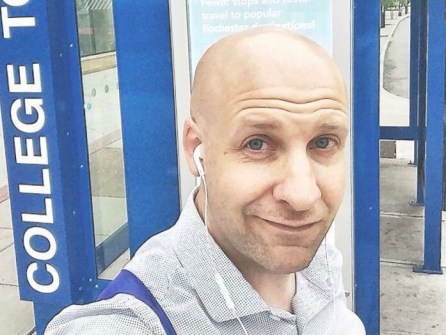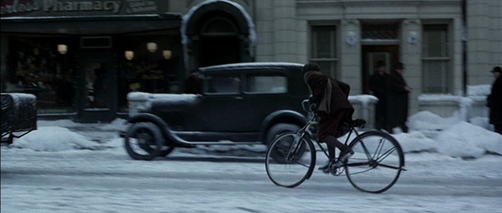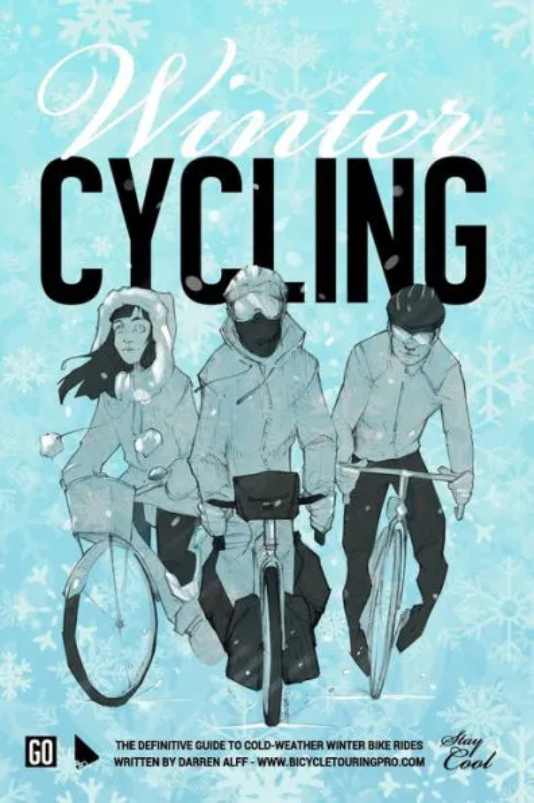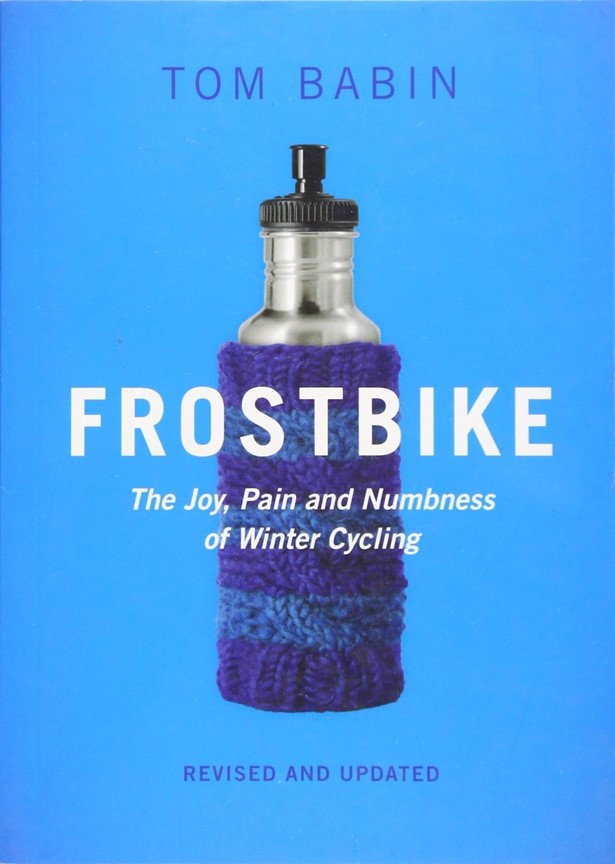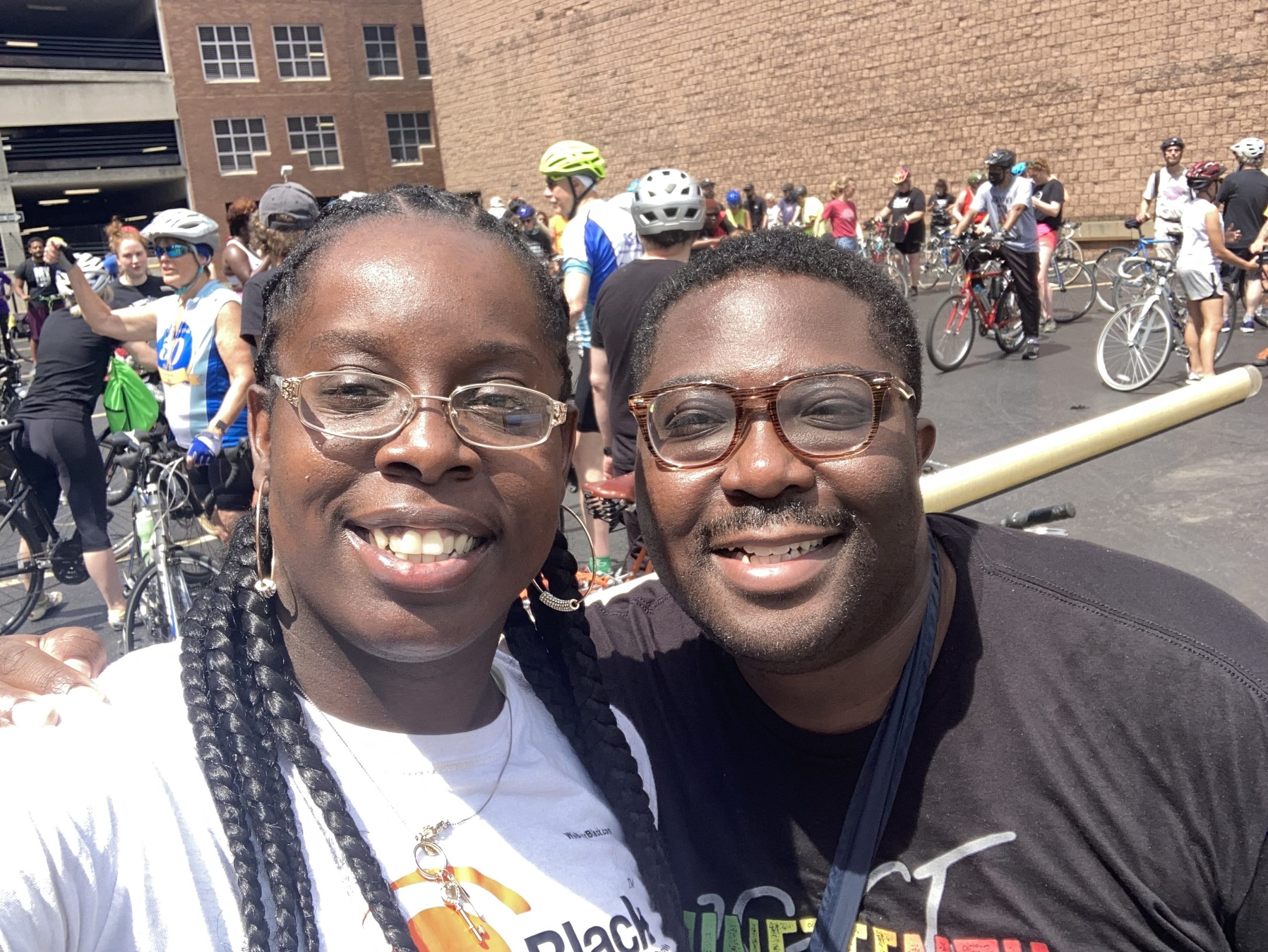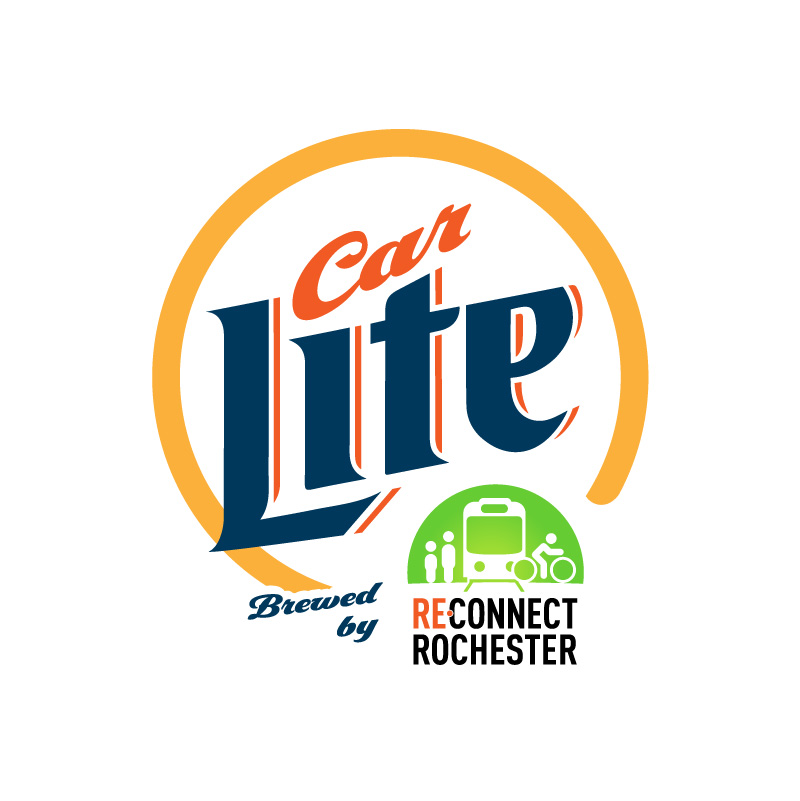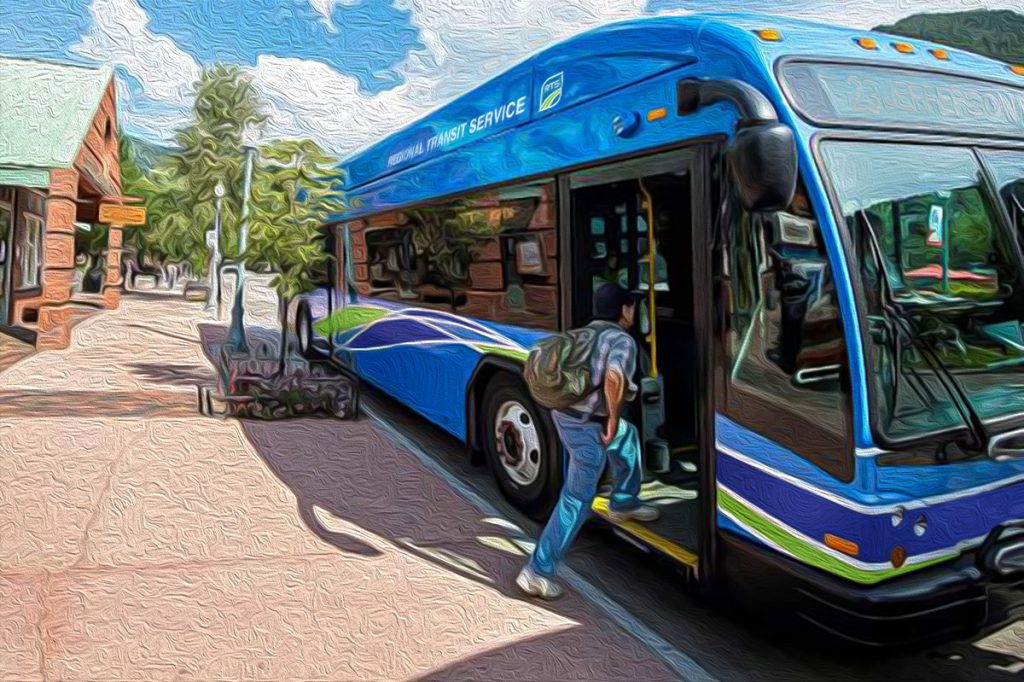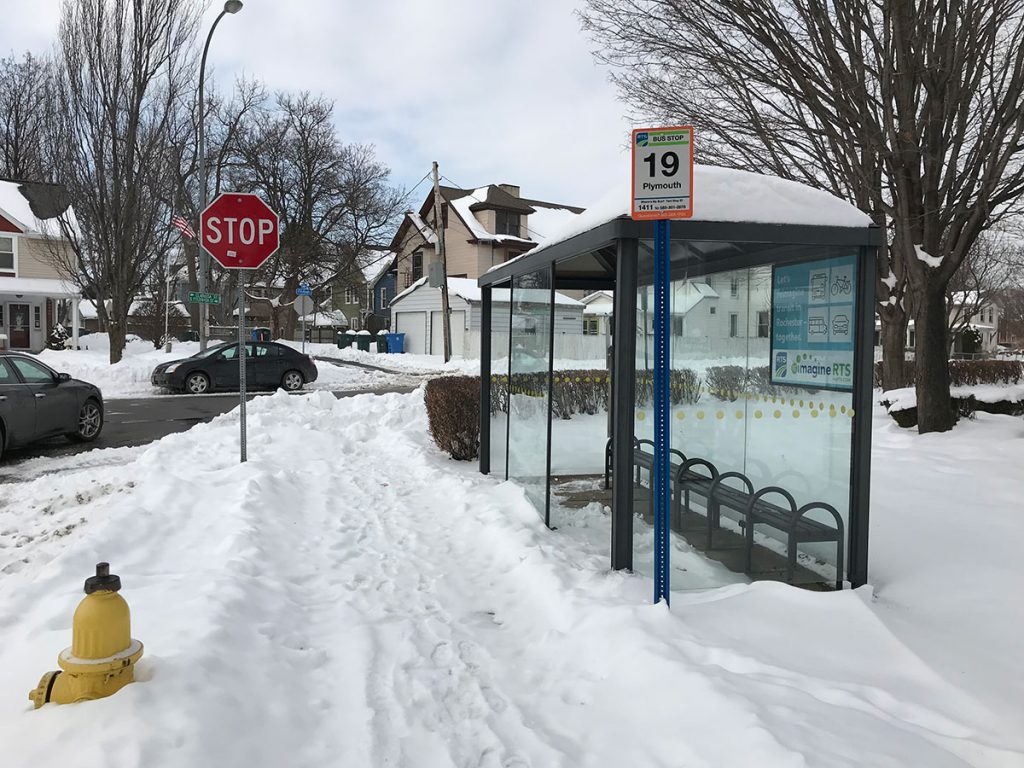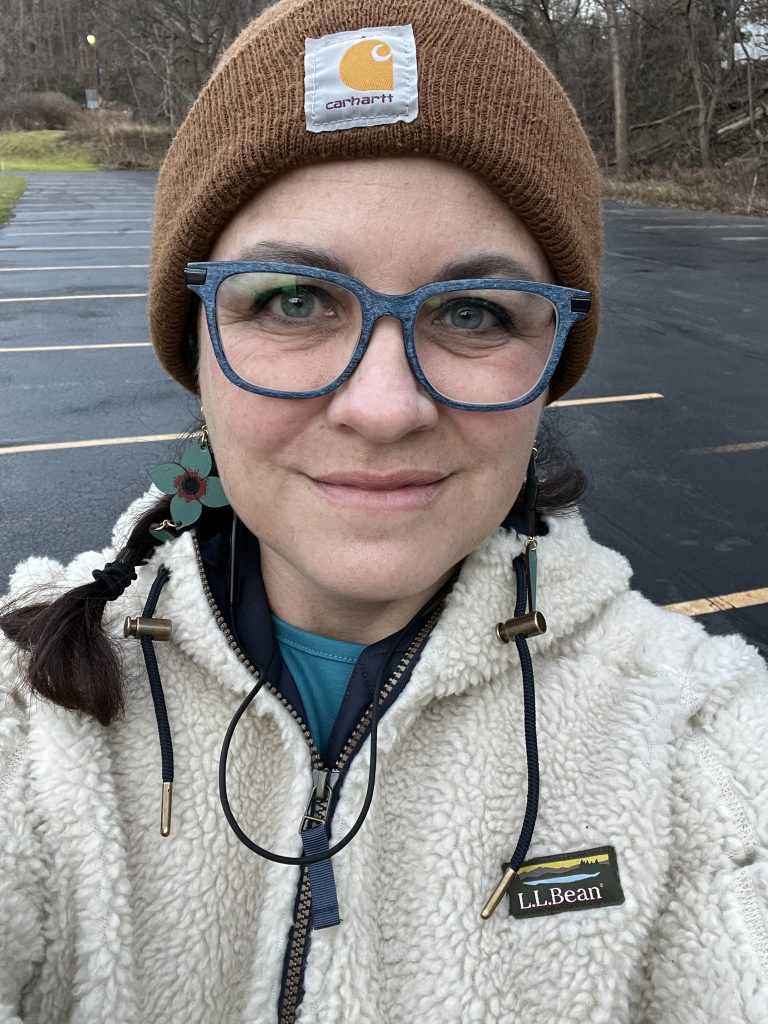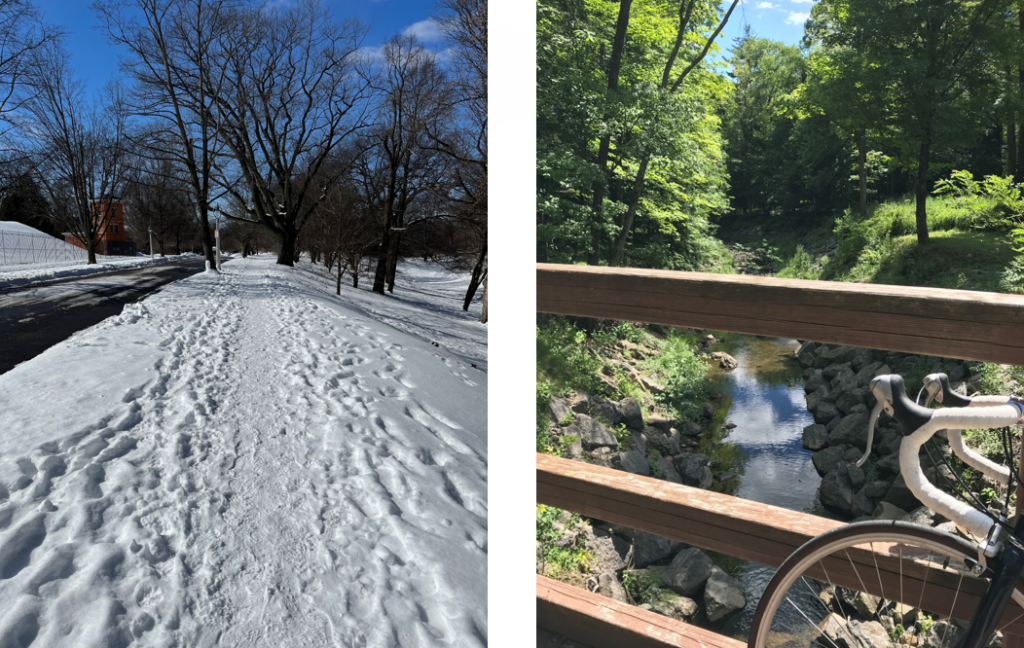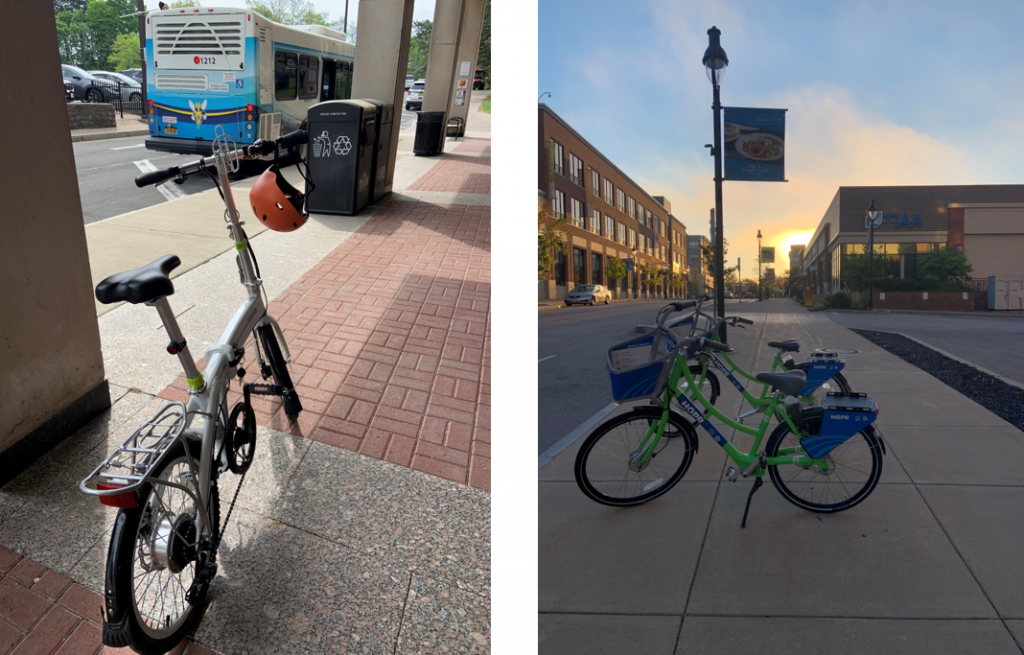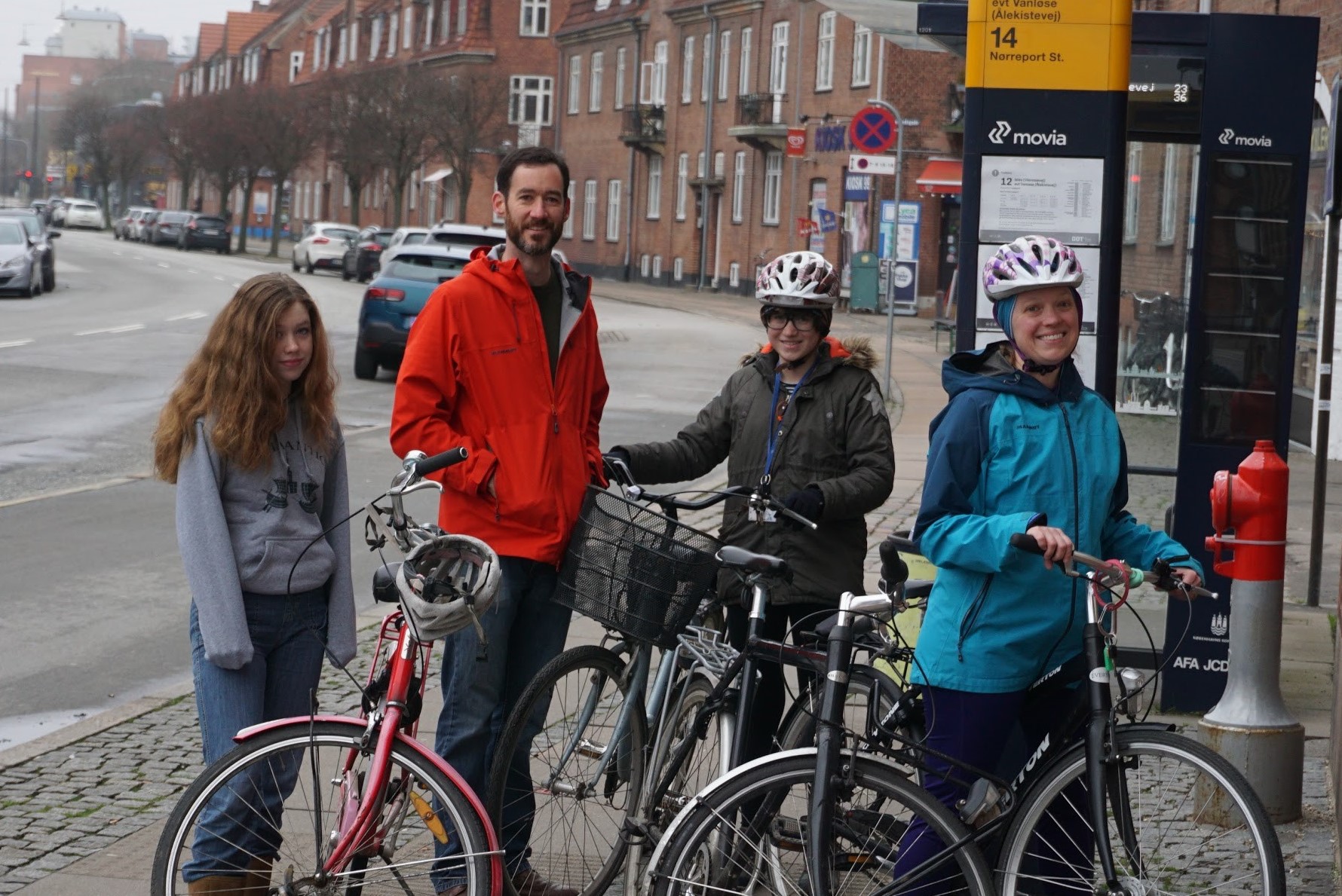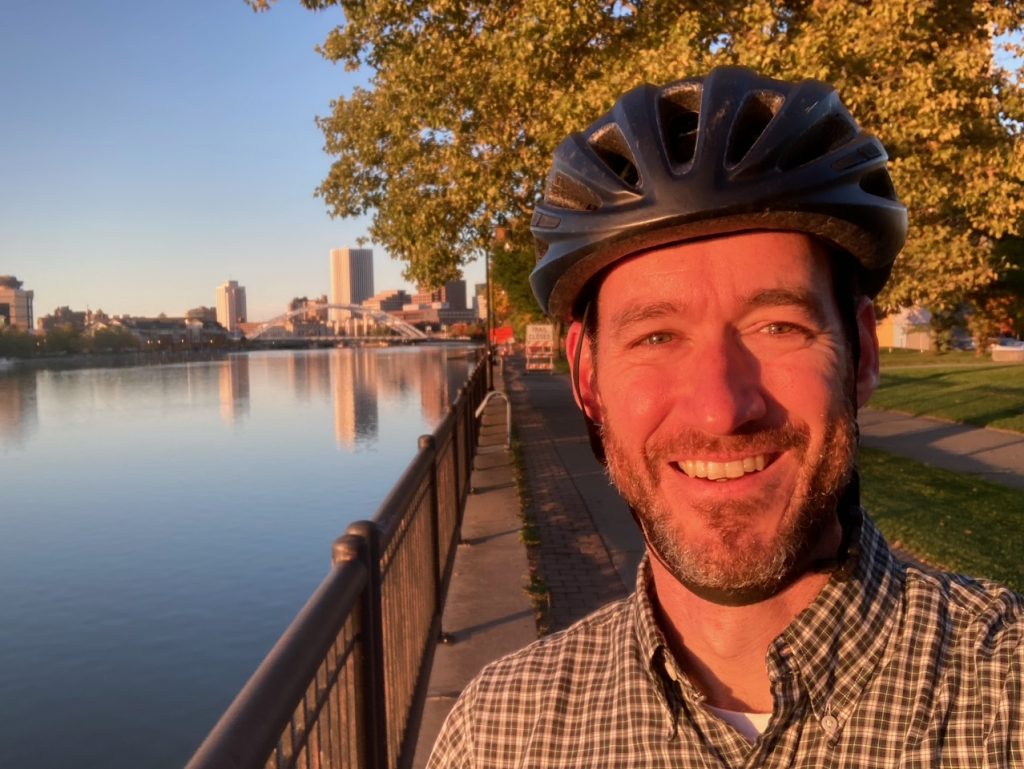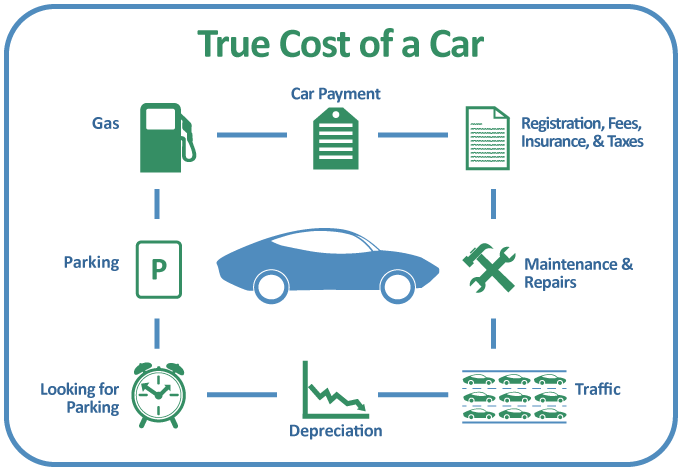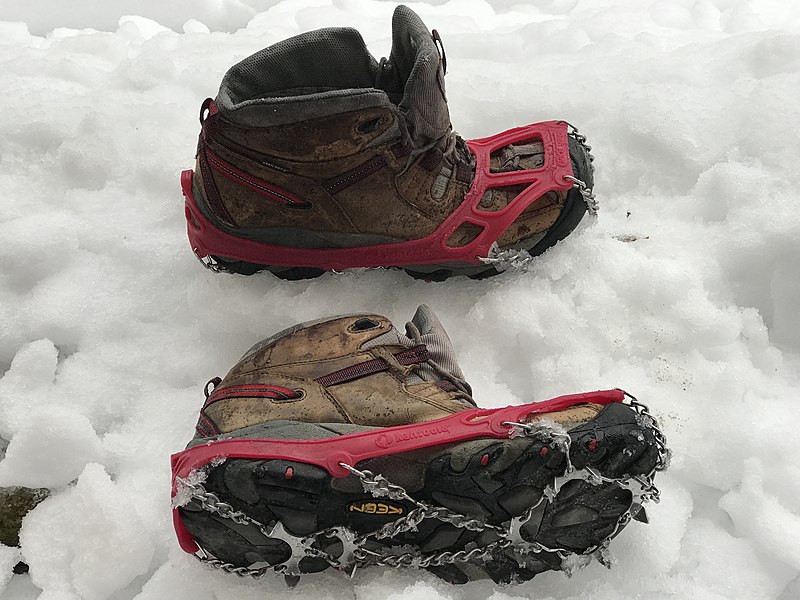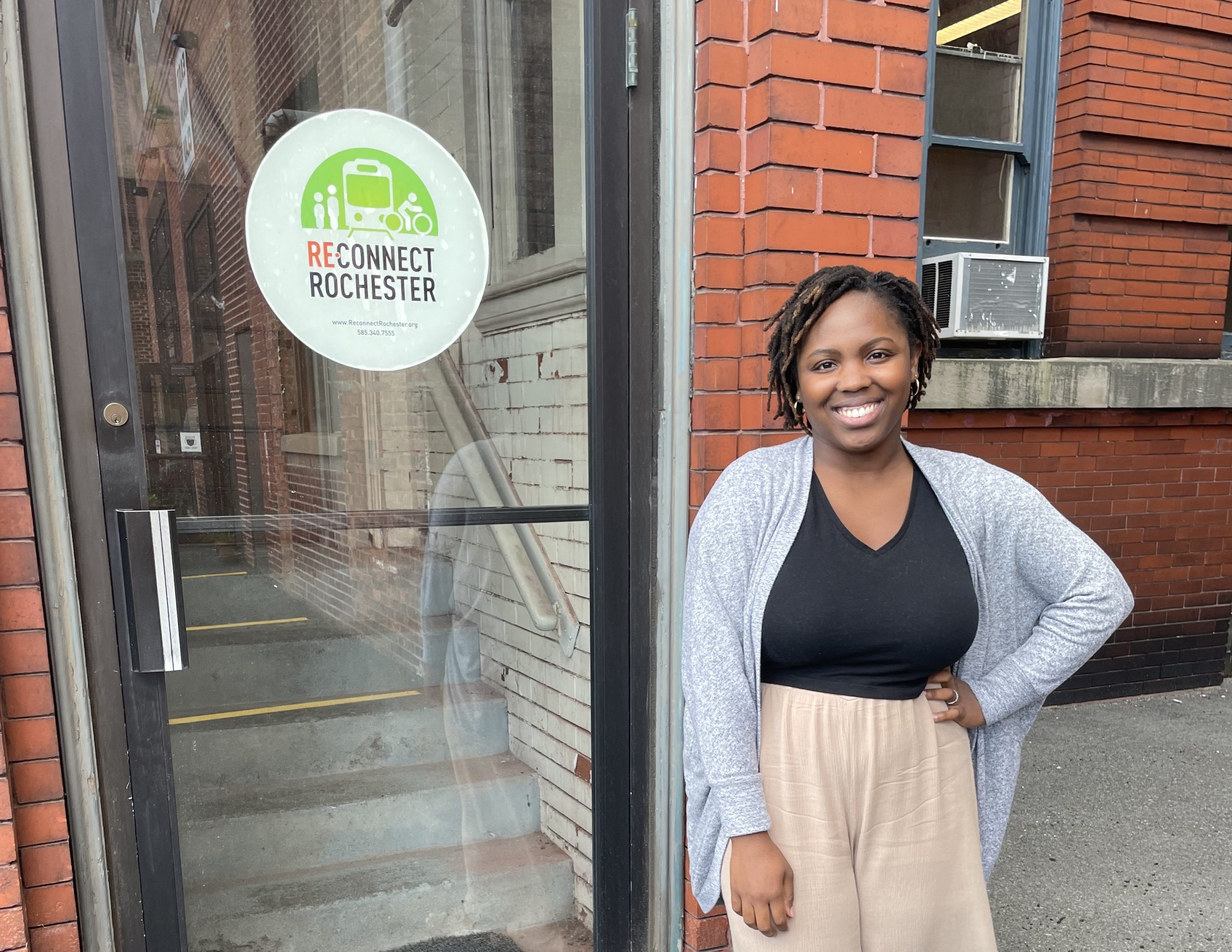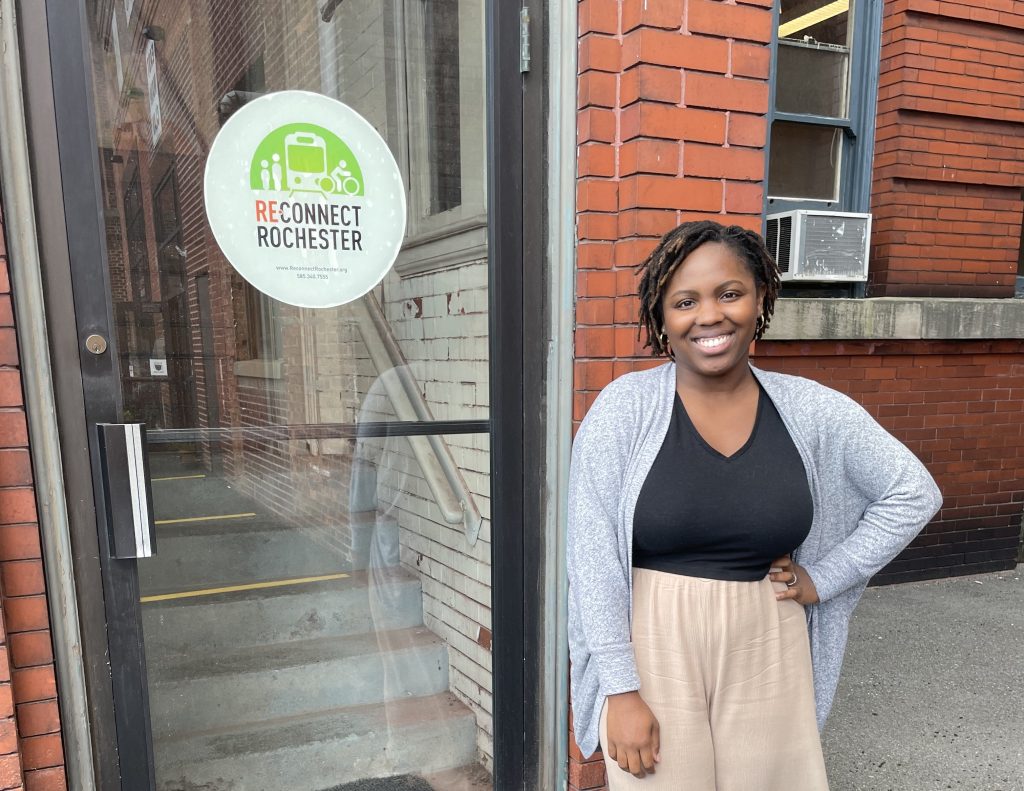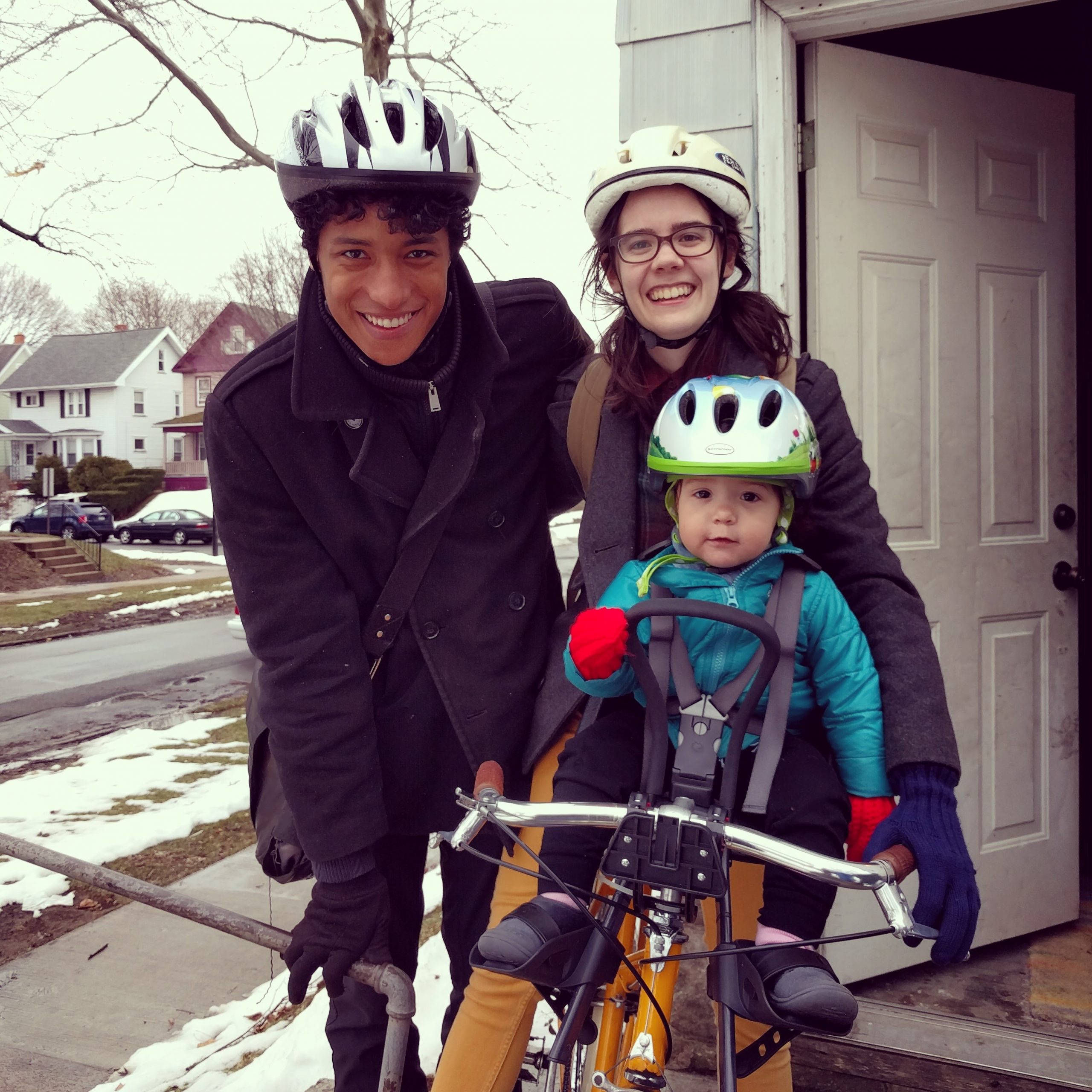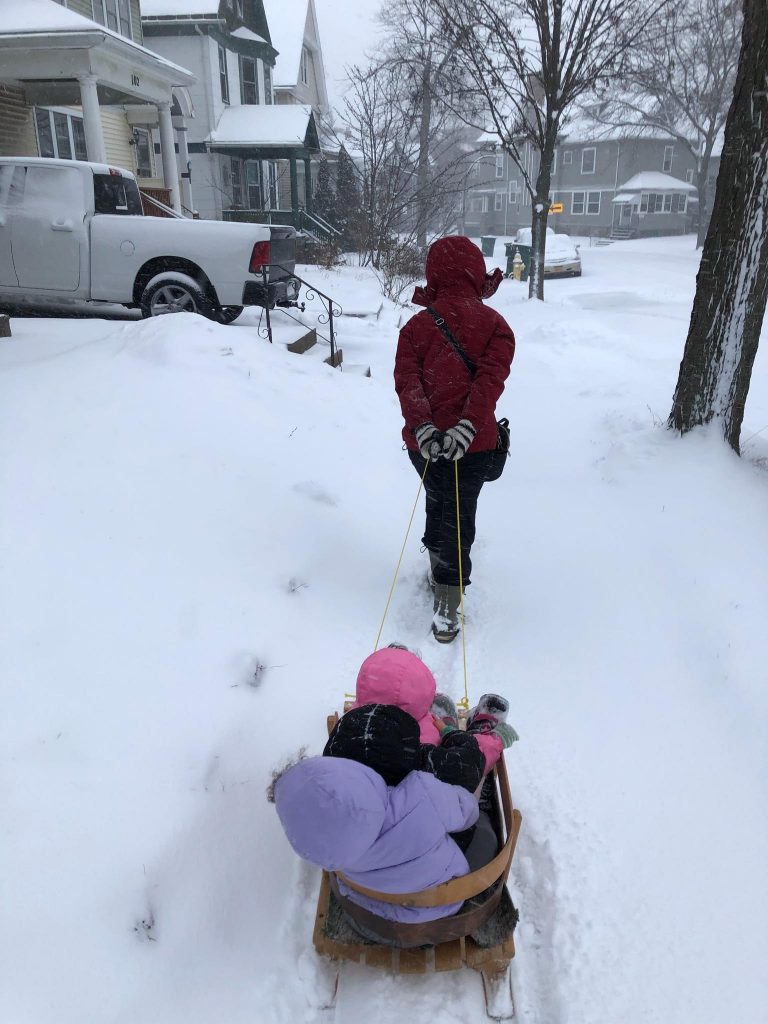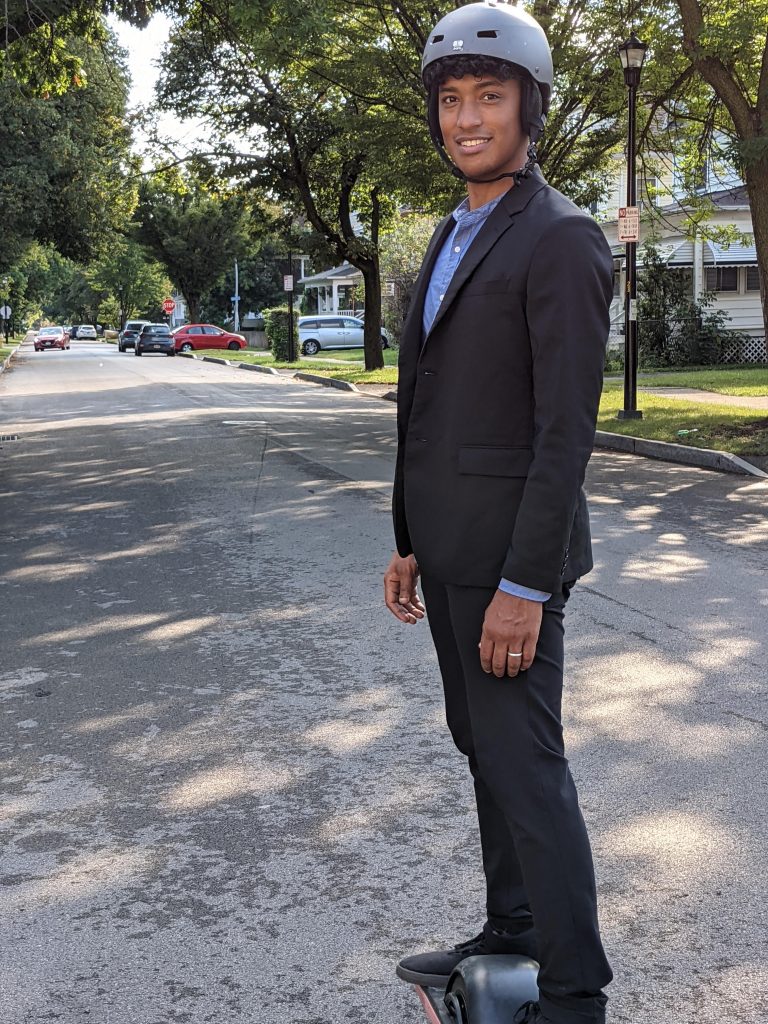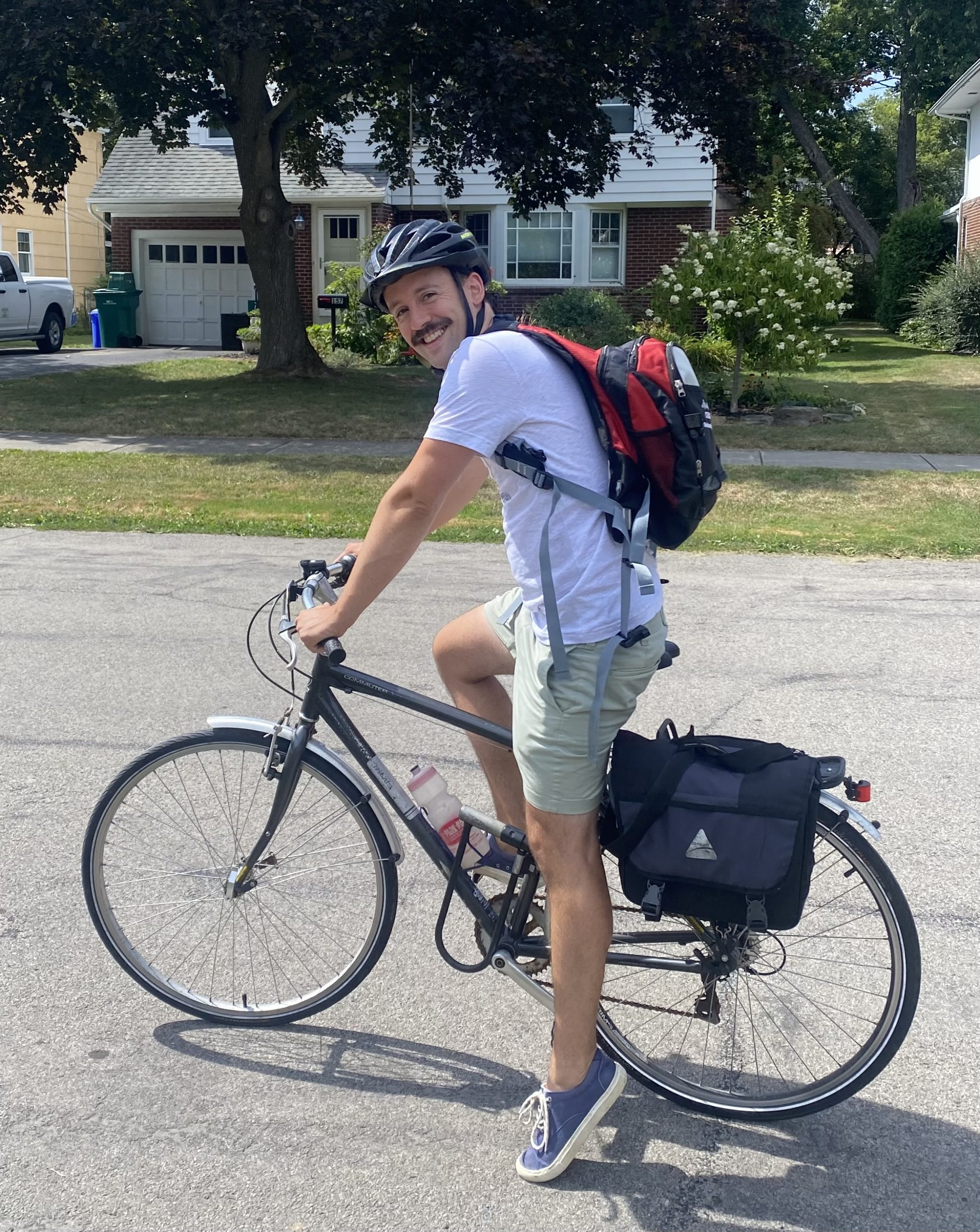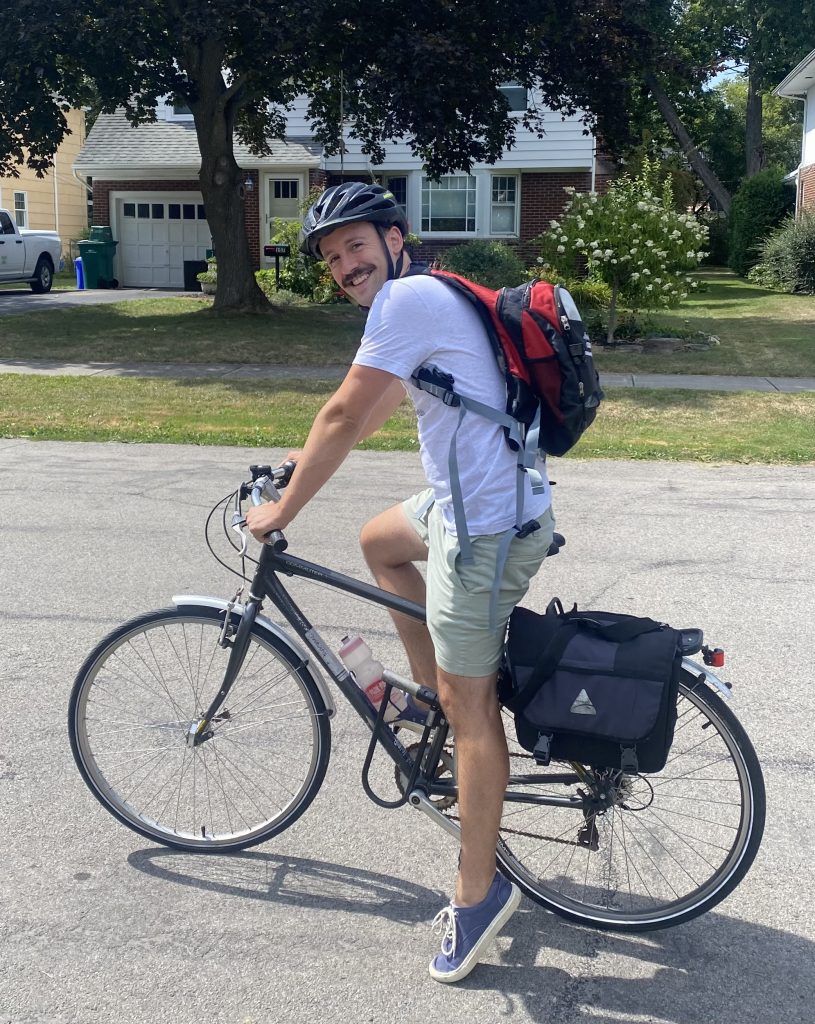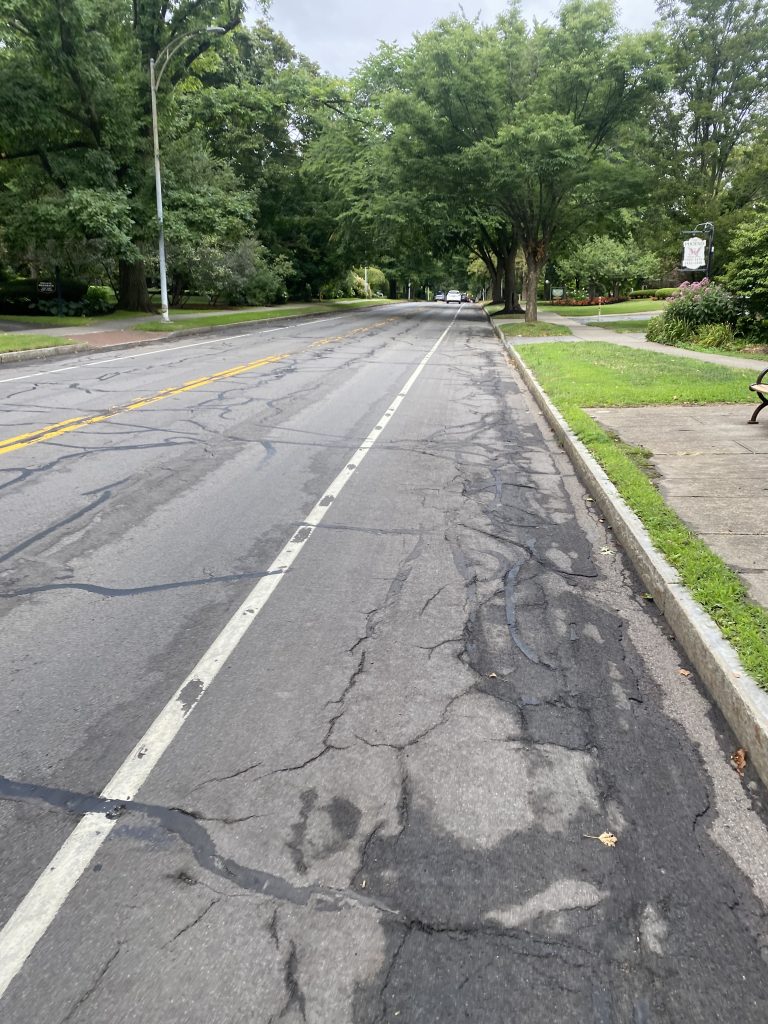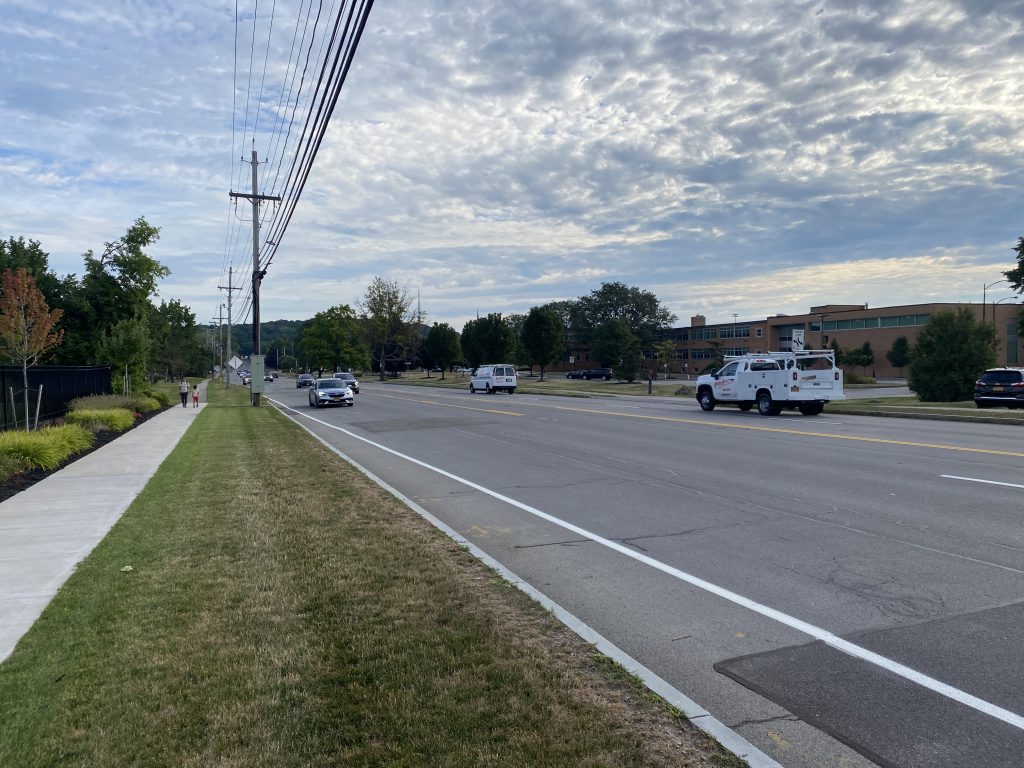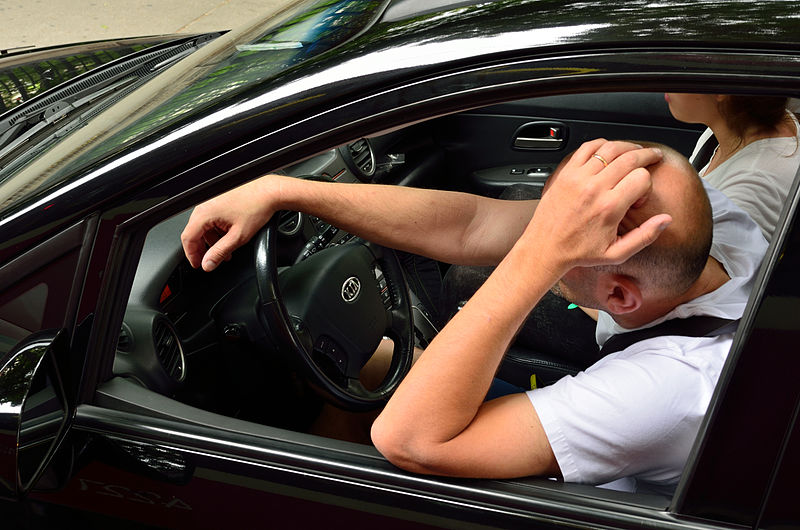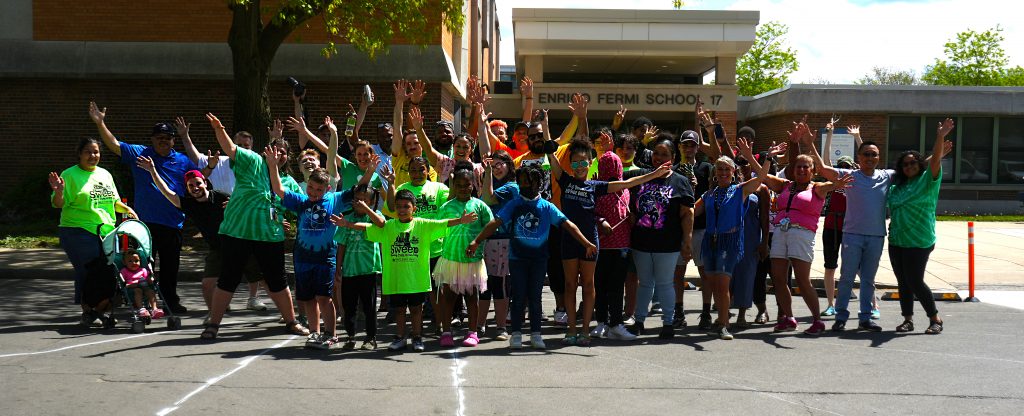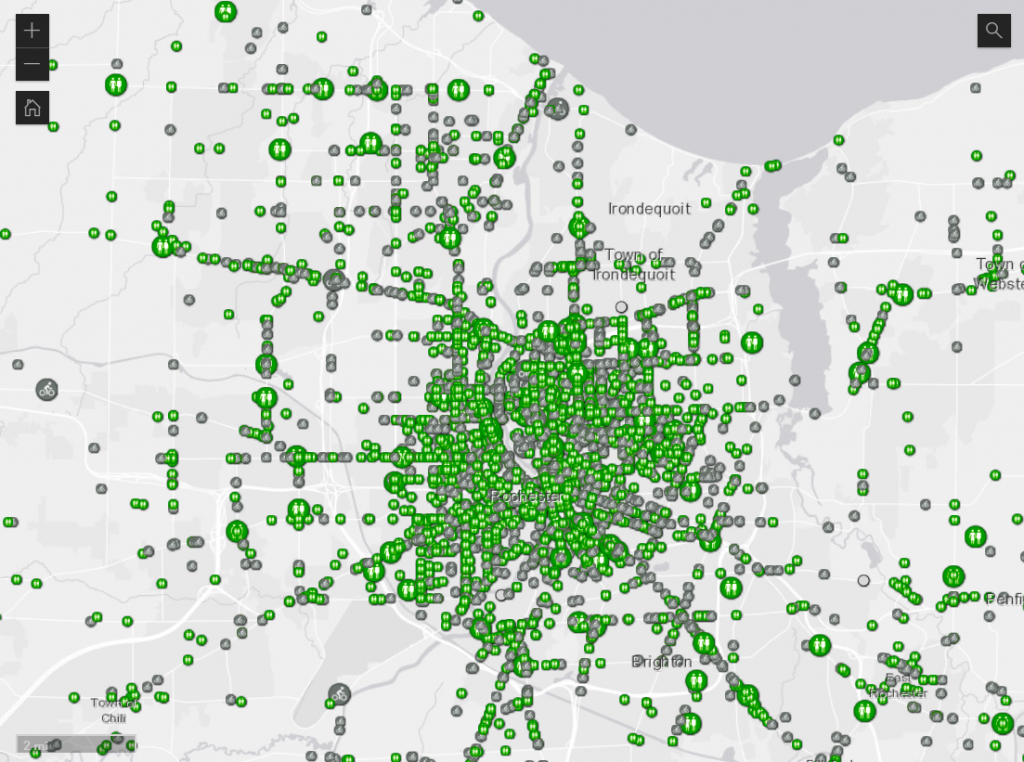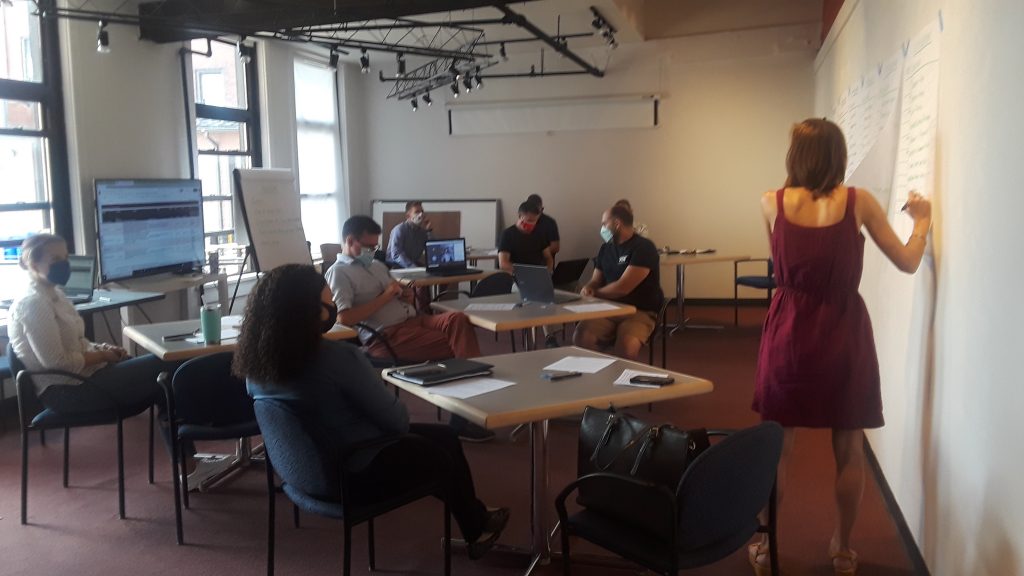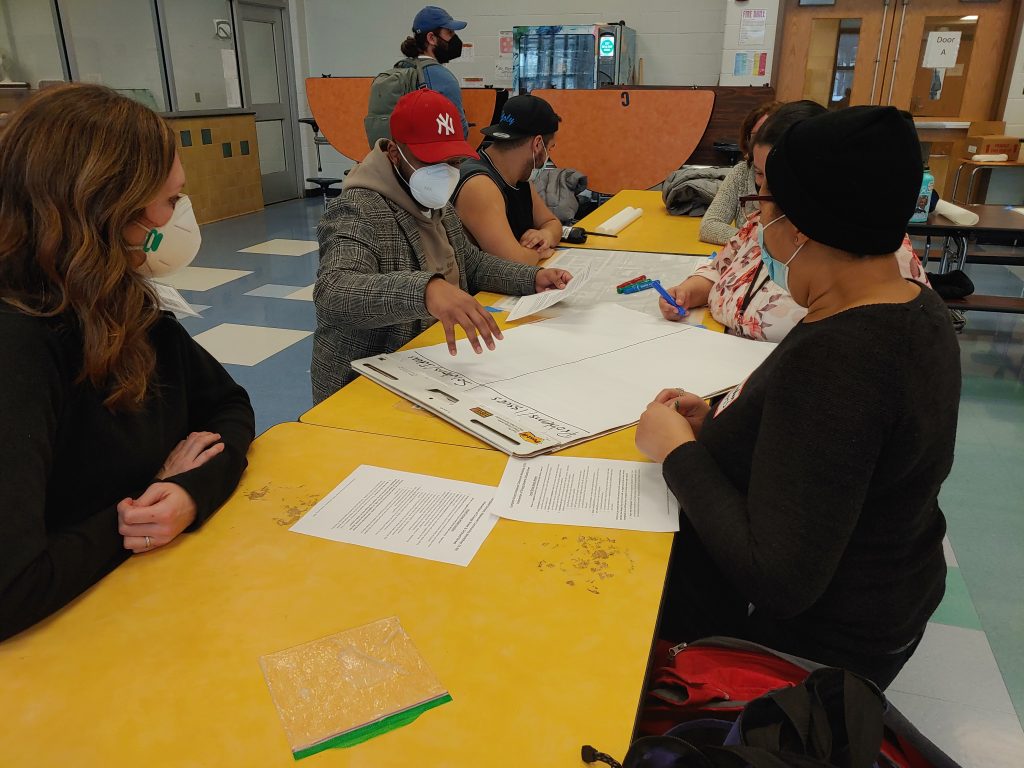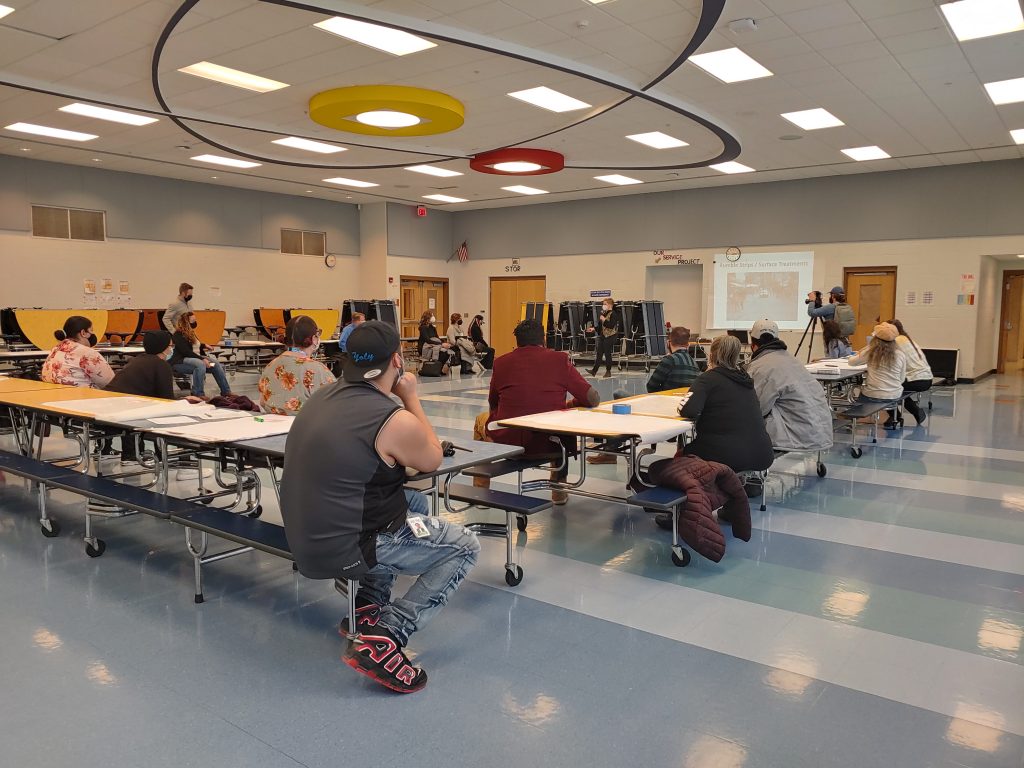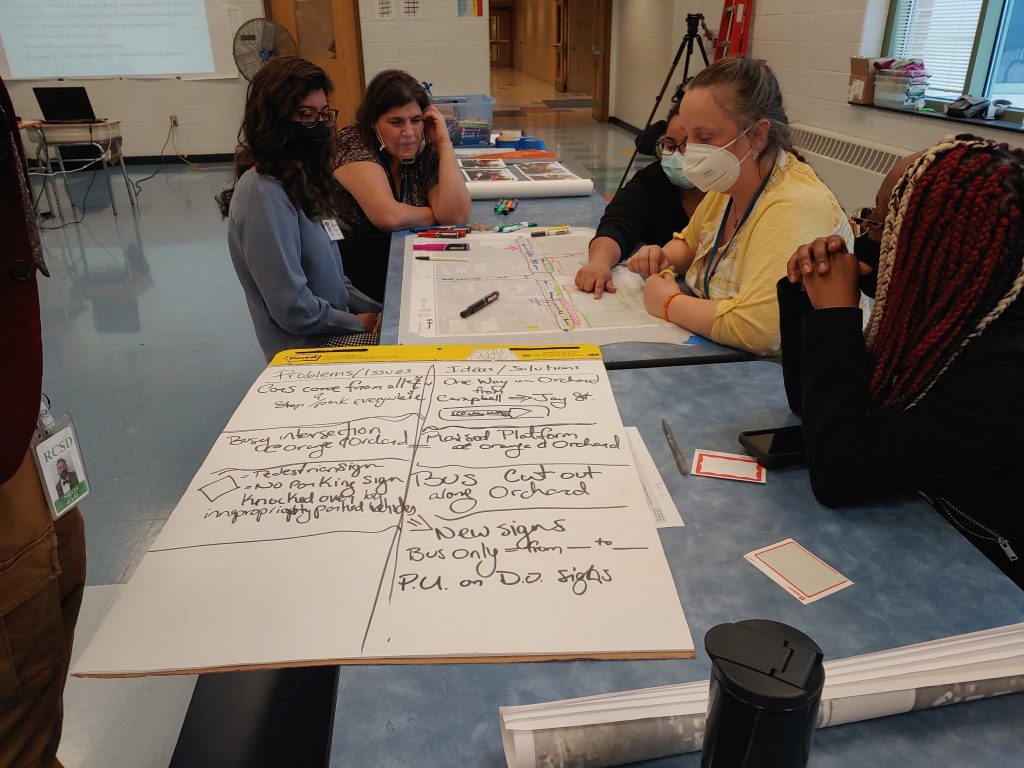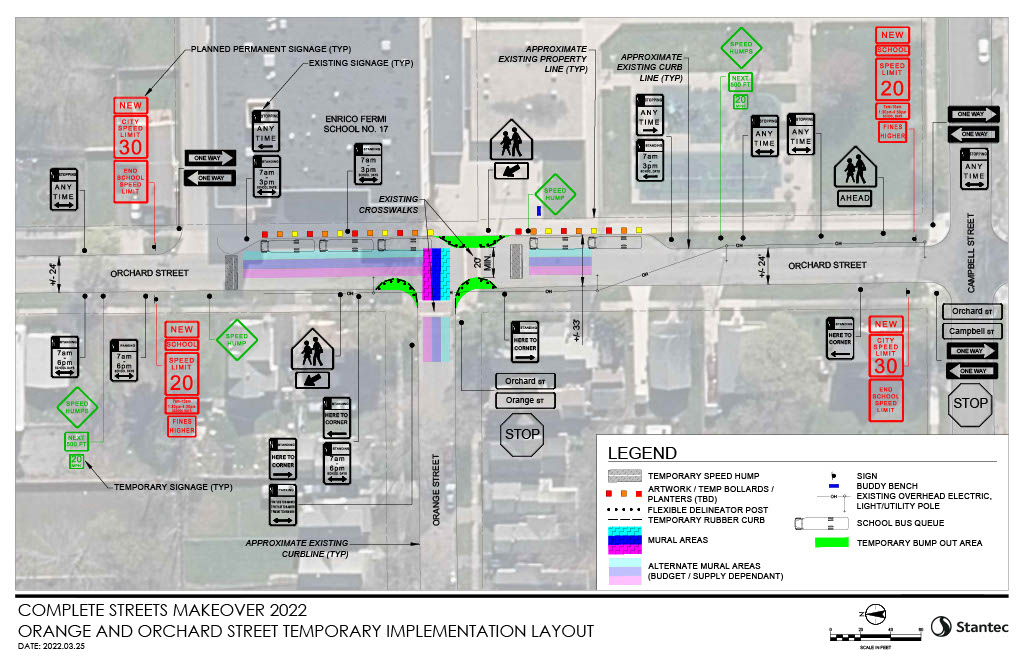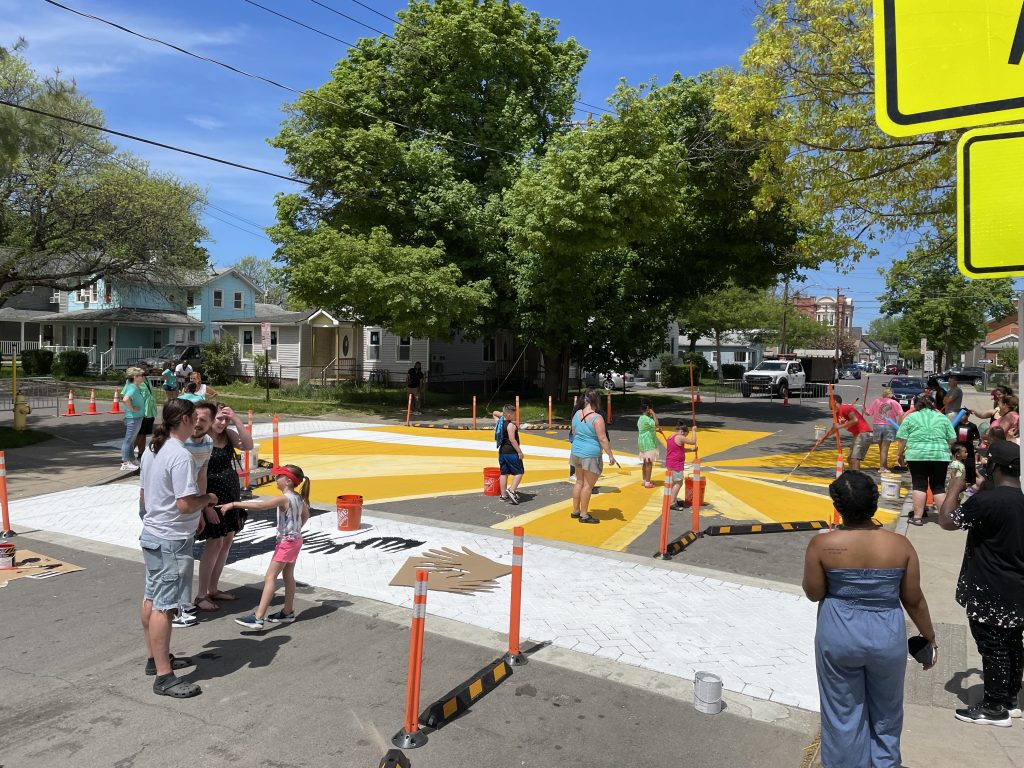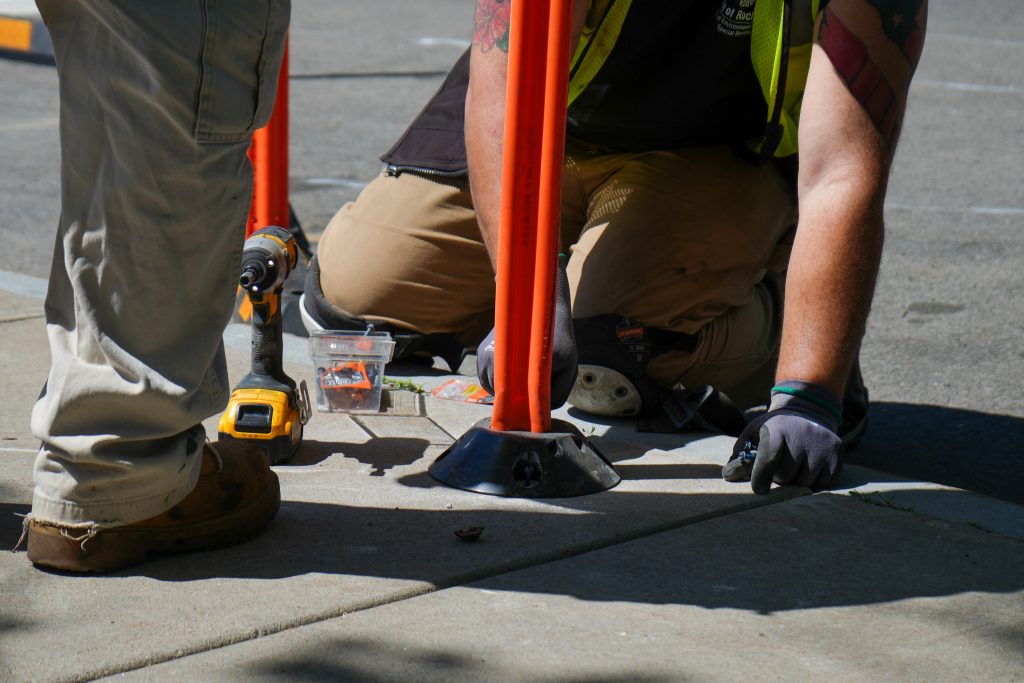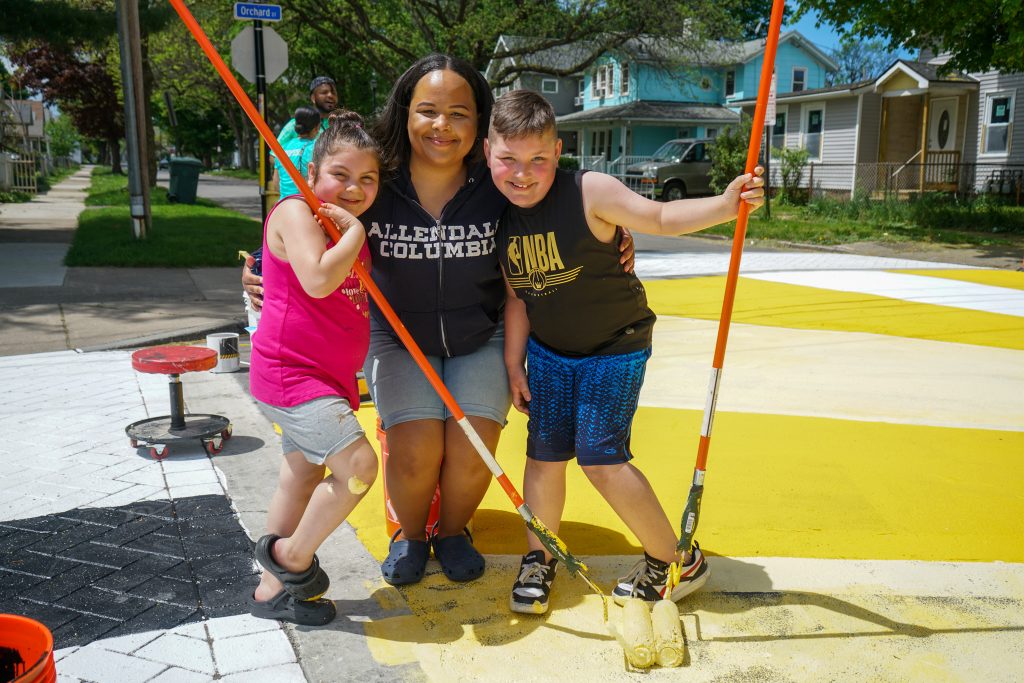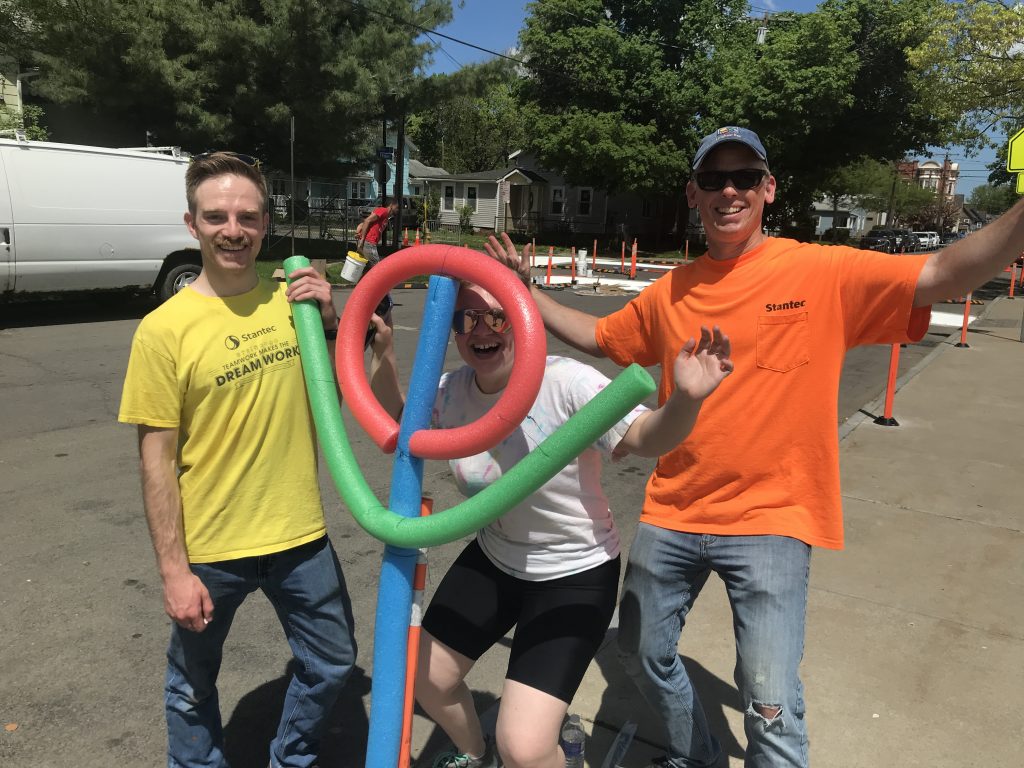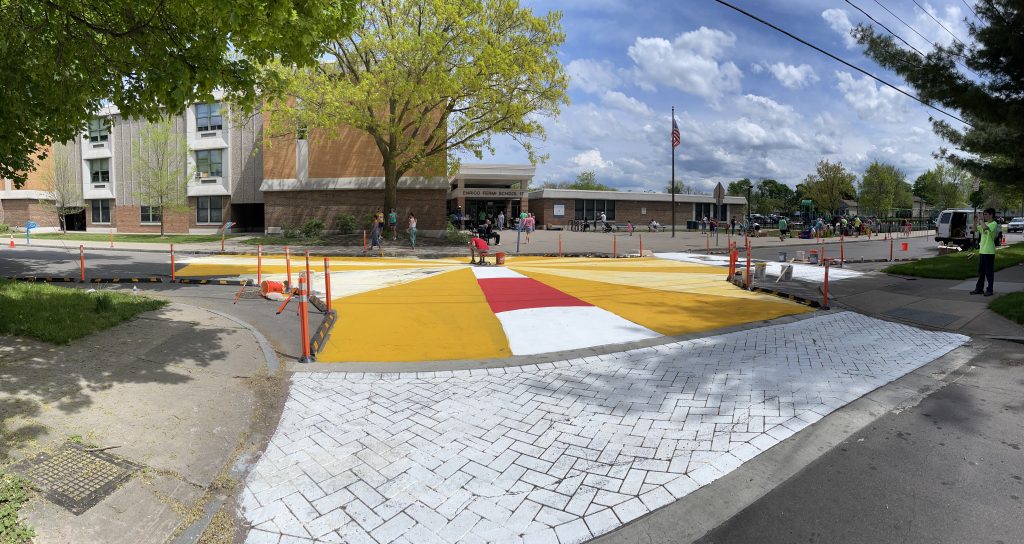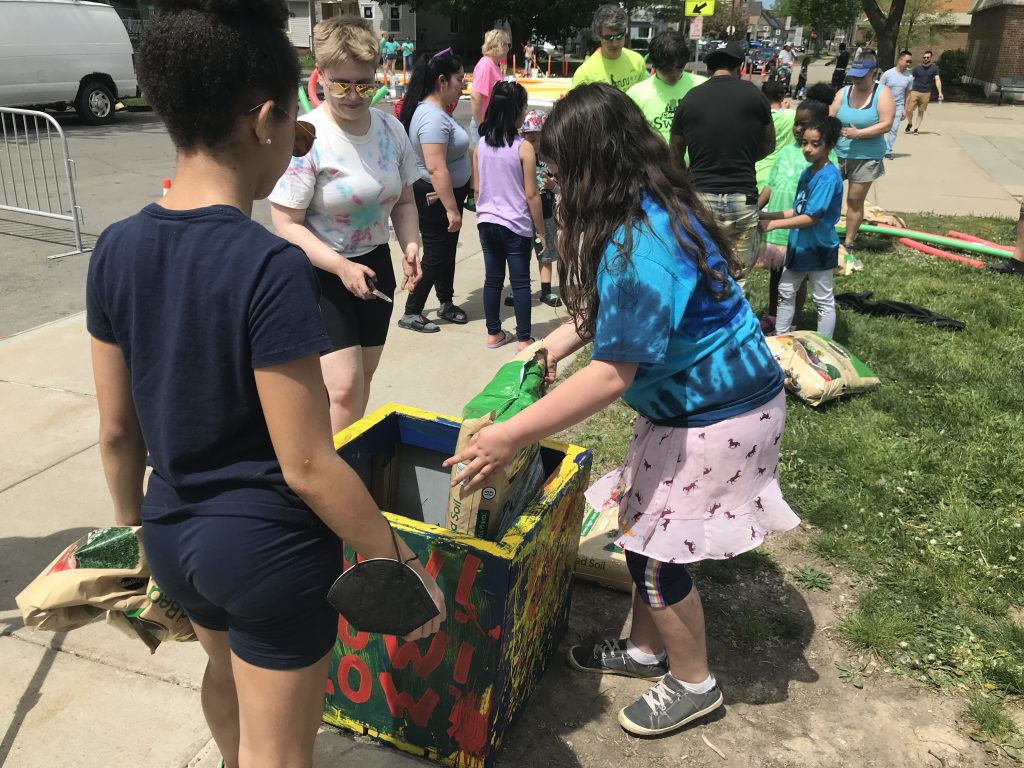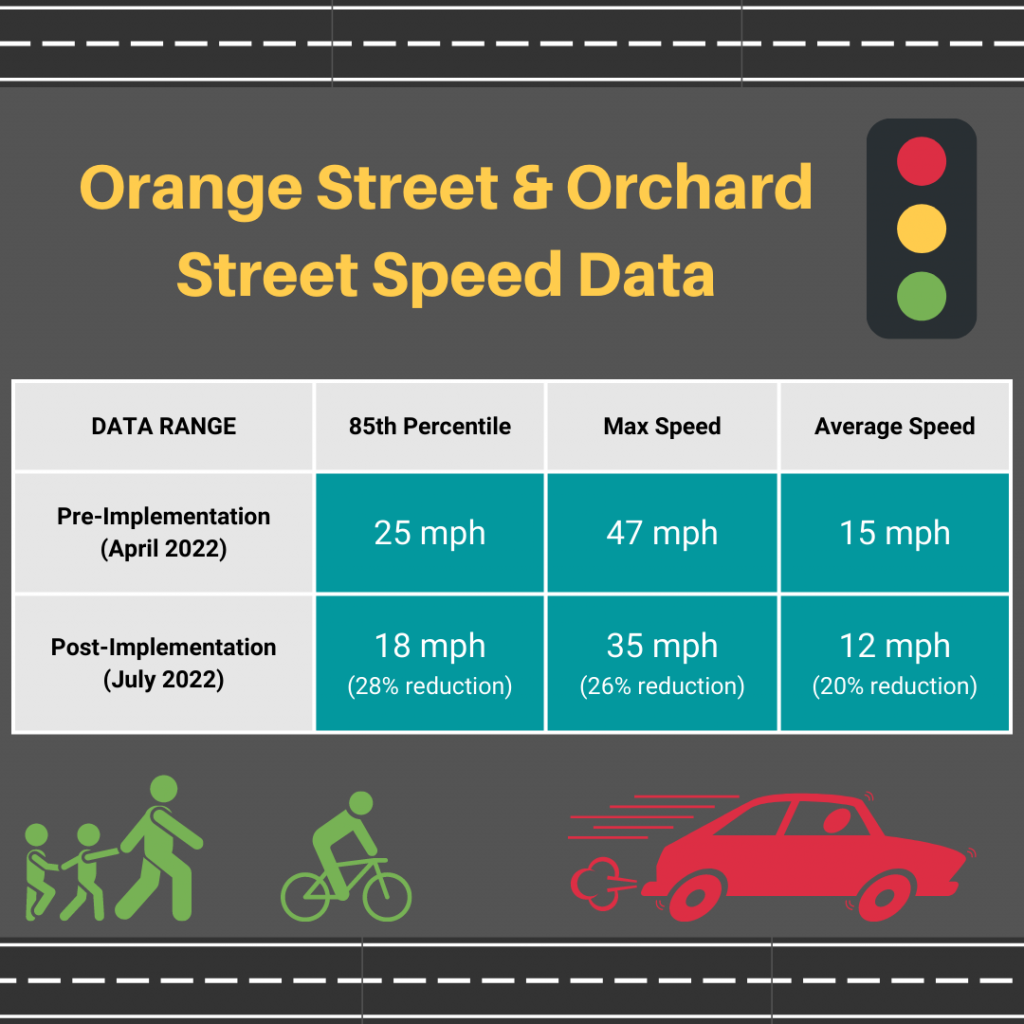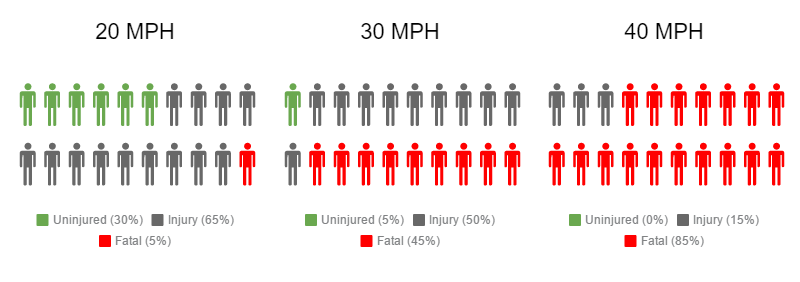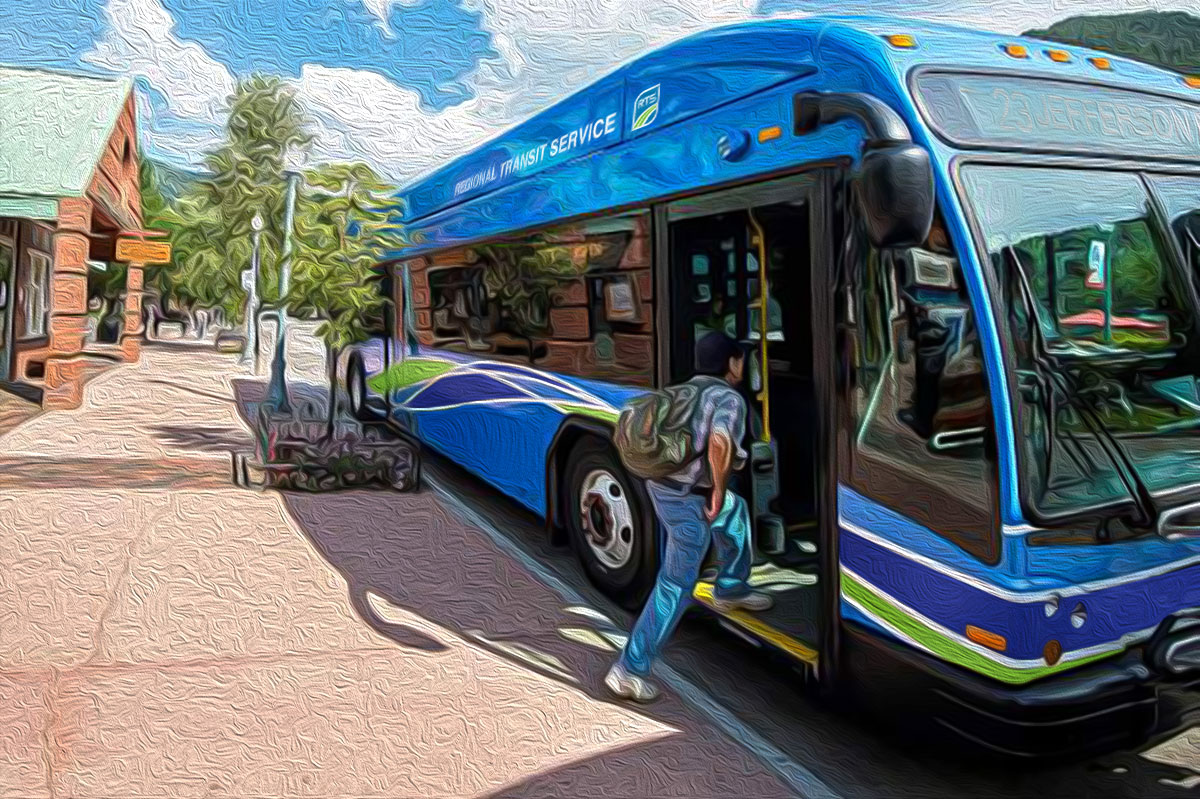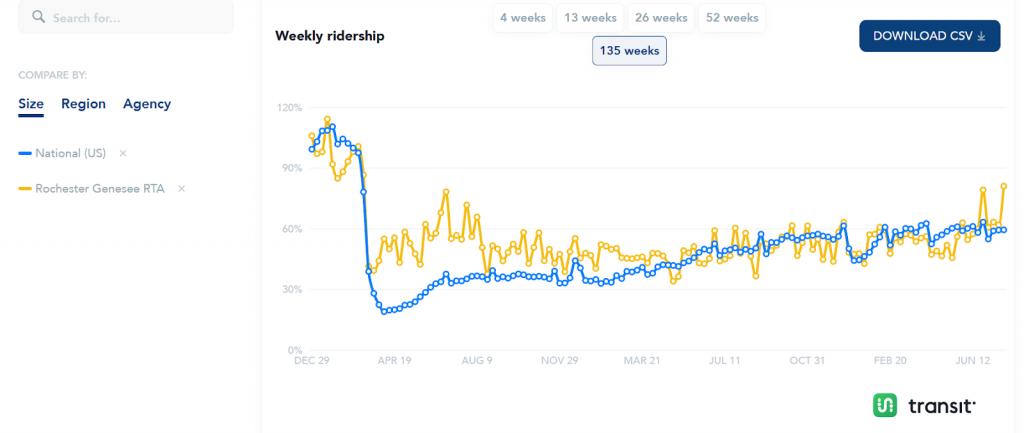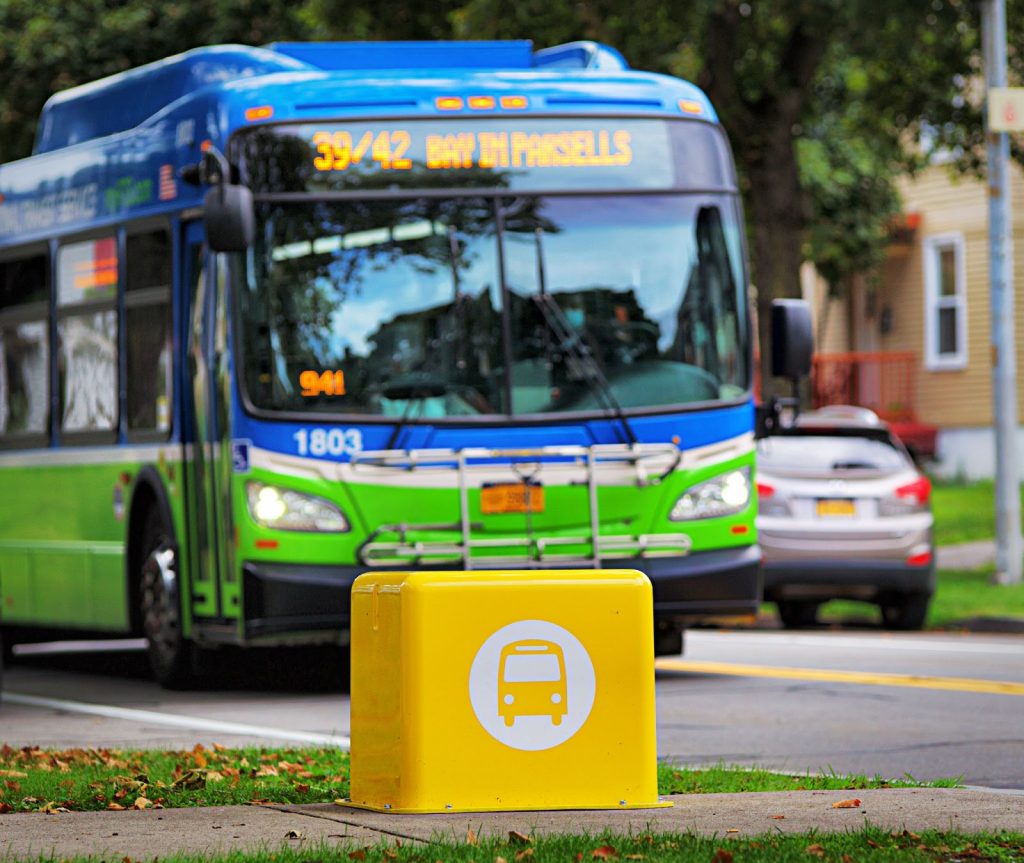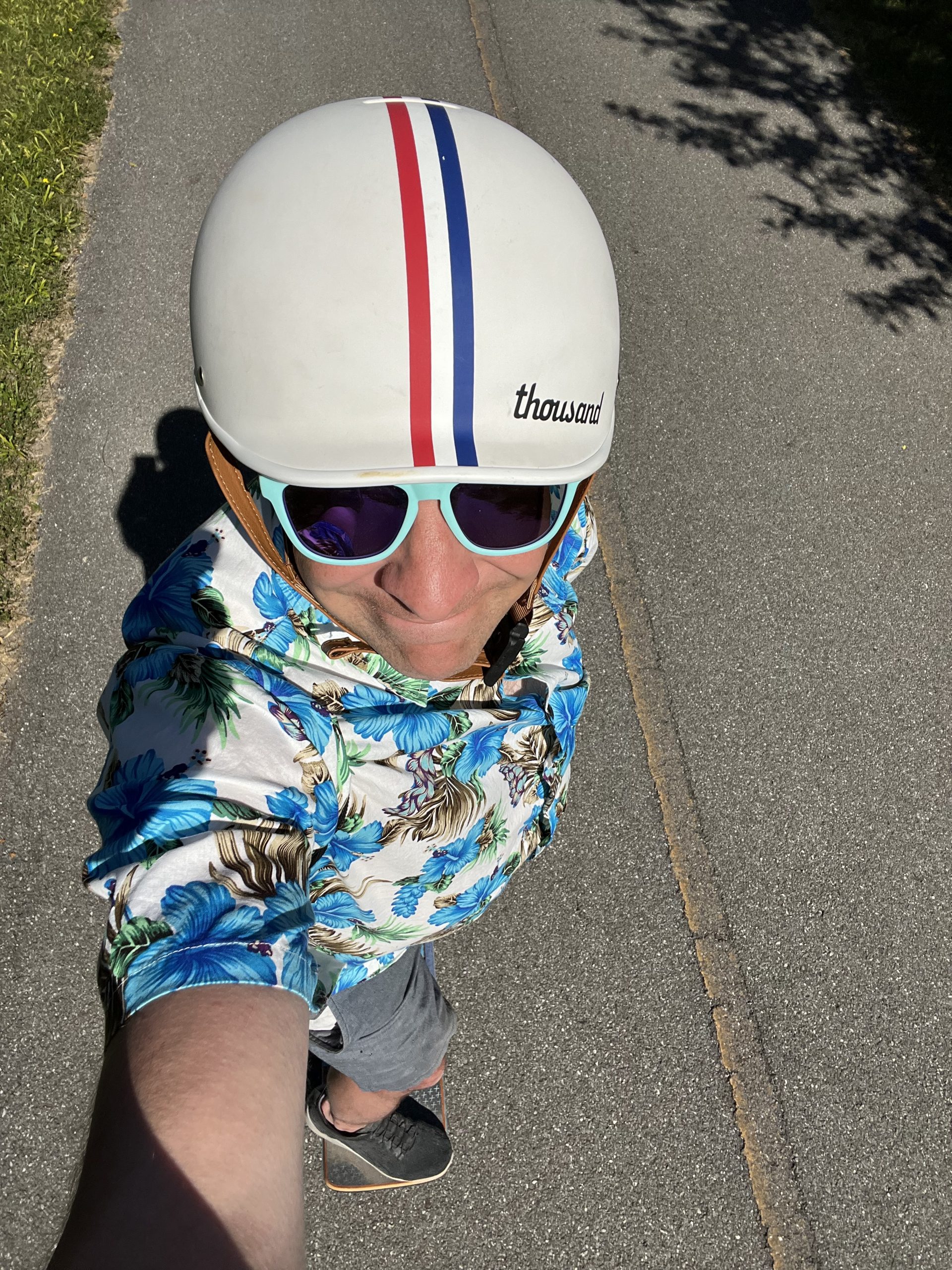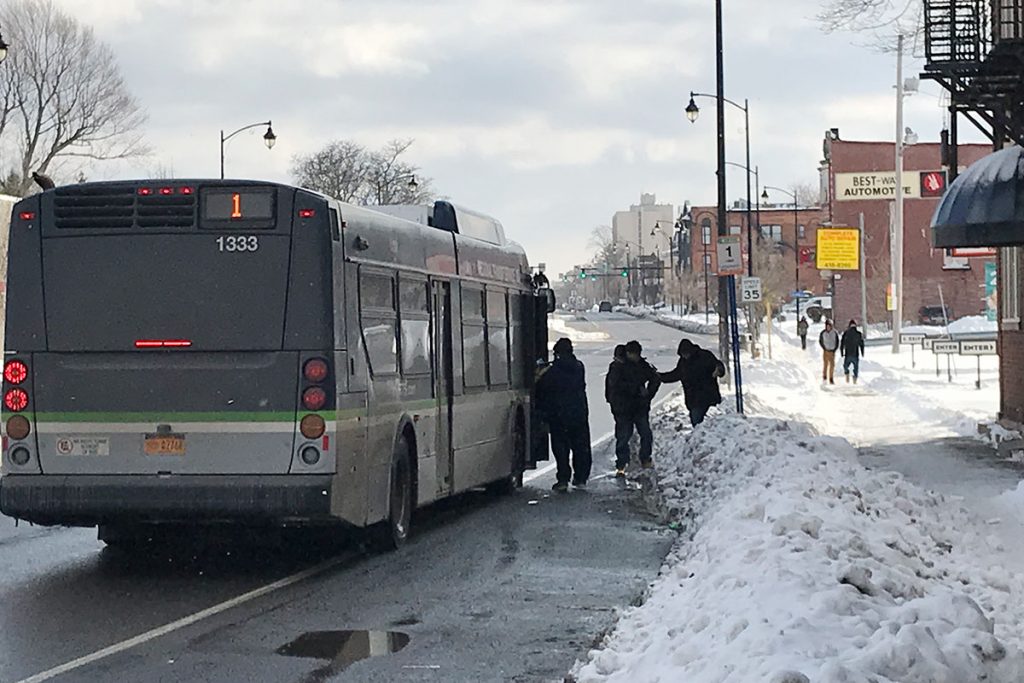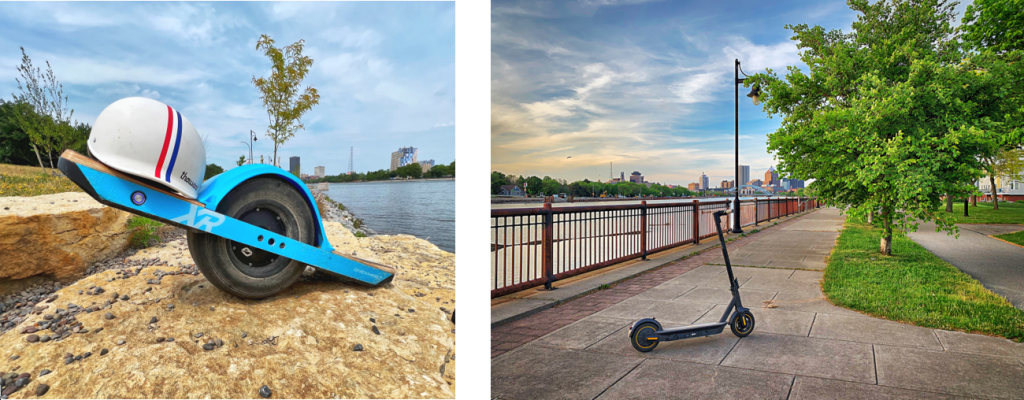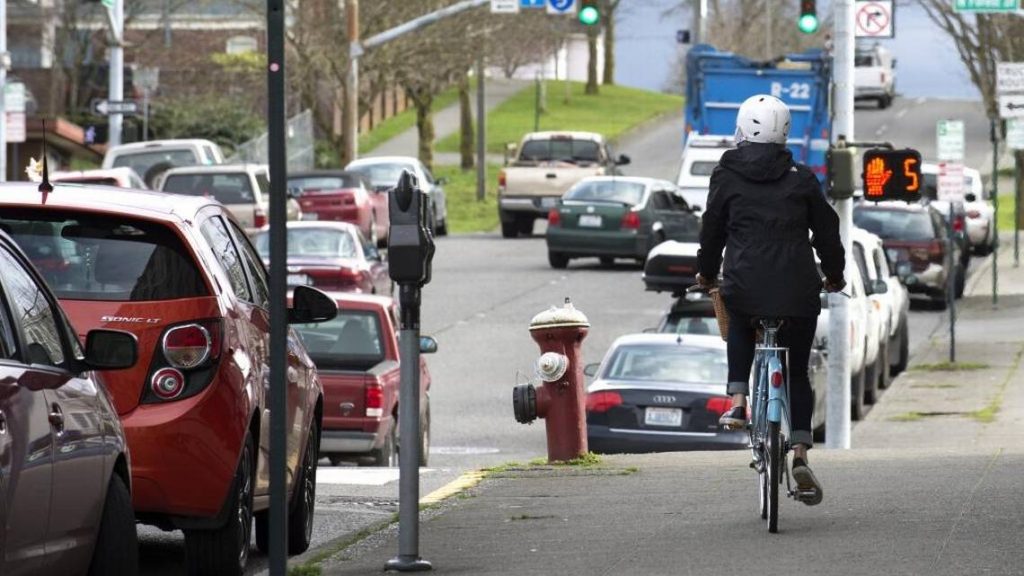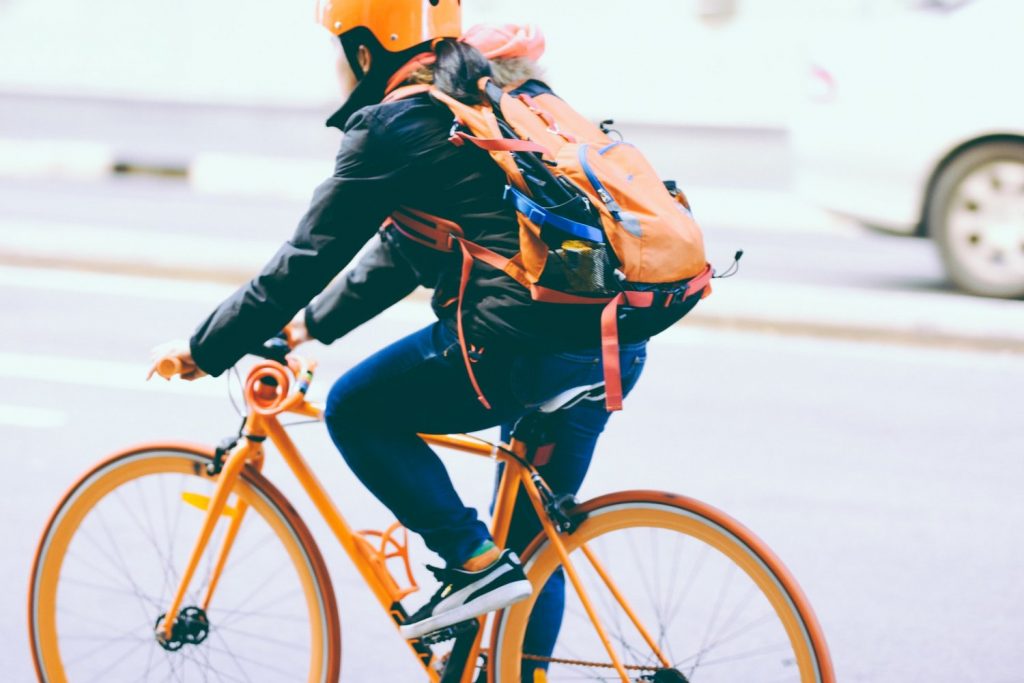Three Years Car Lite in Rochester
By: Yamini Karandikar
In May 2020, my husband and I moved from Saint Paul, MN to Rochester, NY. We owned two sedans, but as we had heard so many stories about the abundant snowfall experienced in Western NY, my husband and I decided to sell the Toyota Yaris since it did not have anti-lock braking (terrifying!) and it had a recent airbag recall (even more terrifying!). Once the pandemic ended, we figured we would buy an SUV with all-wheel-drive so that we could fearlessly drive through the snow.
We chose the beautiful Neighborhood of the Arts (NOTA) to call our home and instantly loved the area. As time passed and as we adjusted to life with one car for two people, the prospect of spending $20-30k on an SUV became quite unappealing and unnecessary.
To get to work, my husband has priority for the car because he works at the hospital. If I absolutely have to go to work and the car is not available, I drop him off before heading to my job, or I do a multimodal bike + bus trip if the weather is nice. Driving in the snow with a sedan is perfectly fine as long as we don’t drive recklessly.
This is all feasible because of NOTA neighborhood’s walkability. Within a ~15 minute walking and biking range, I can do all my favorite activities: walk to the Public Market on Saturday mornings for groceries, rock climb at Central Rock Gym, play volleyball at Hot Shots, take a yoga class, and get coffee, food, or drinks with friends.
I don’t really consider myself a ‘cyclist’. I don’t have a fancy bike, wear super tight bright spandex outfits, travel in packs of 20, or go faster than a casual 10 mph pace. I consider biking a means to get from one place to another and a way to get fresh air and sunshine while getting to where I want to go. There are wonderful shops and eateries I would never have known about if I was zooming past them in a car.
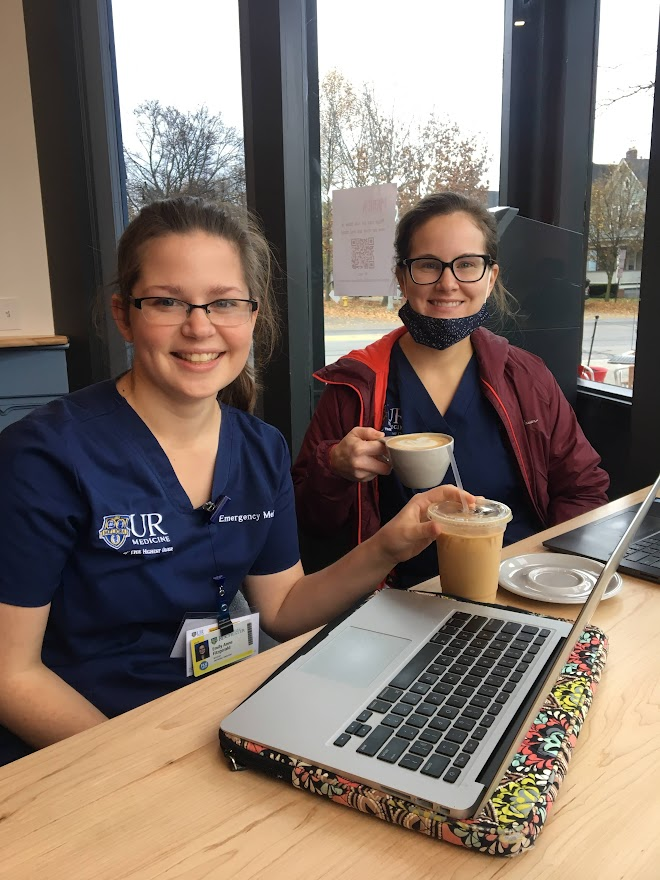
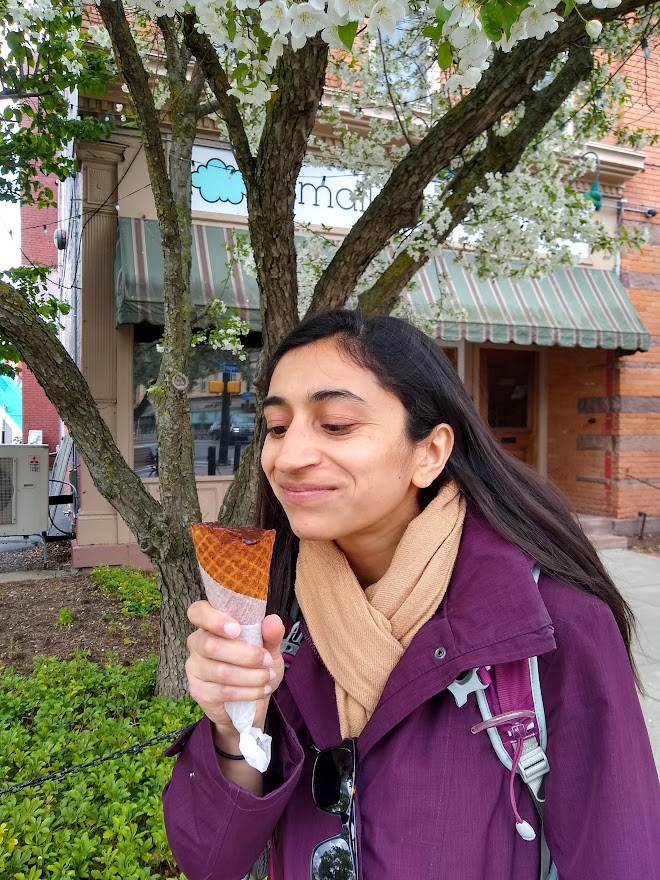
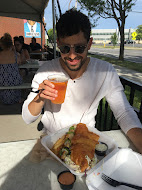
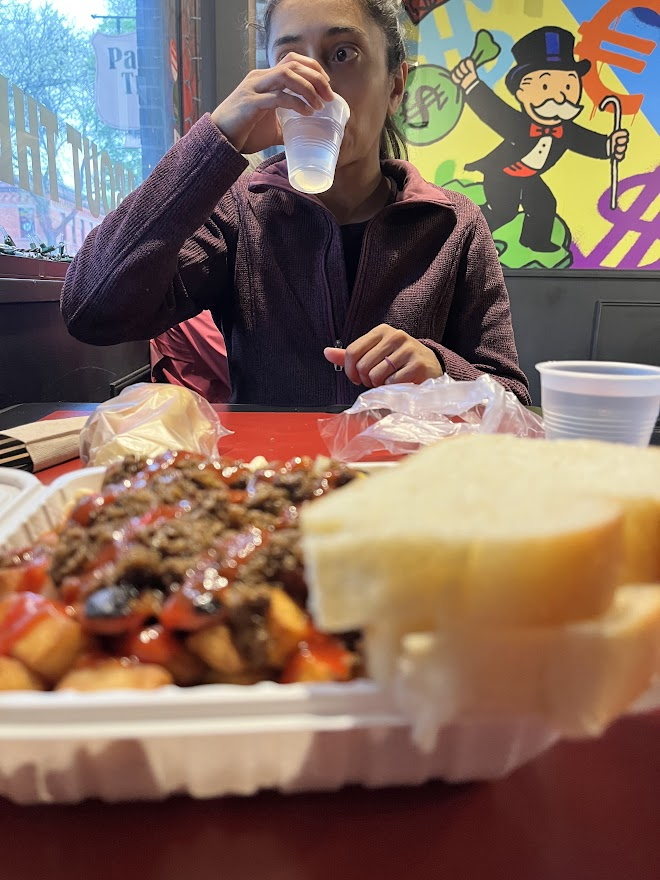
I LOVE eating – here are some neighborhood favorites: Garbage plate at Vasko’s, Brews and Food truck at Three Heads Brewing, ice cream from Hedonist, and coffee at Melo’s.
My favorite part about being car-lite is the connection to the earth and the sense of community I feel with my neighborhood and the city. As I walk to the gym, my favorite coffee shop, or local restaurants, I get to observe the daily change of flower buds forming, starting to open, then fully blooming in a beautiful array of colors, and then gently falling to the earth when their time has come. I love spontaneously running into friends, recognizing people as I walk or bike around town, or pausing to take in the beautiful sunset.
I know which streets have the best tulips, daffodils, and magnolia blossoms in the spring, and what streets to walk down for the best fall colors. Rochester has beautiful trees and flowers lining the streets of the city, and I do think it is best experienced outside a car.
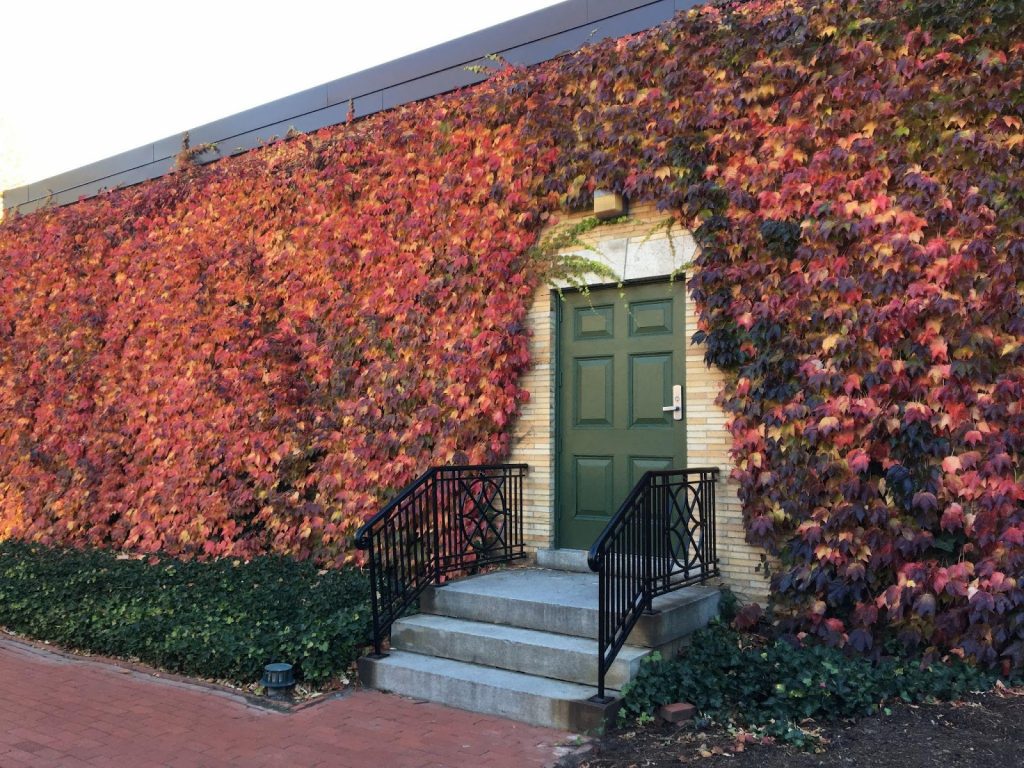
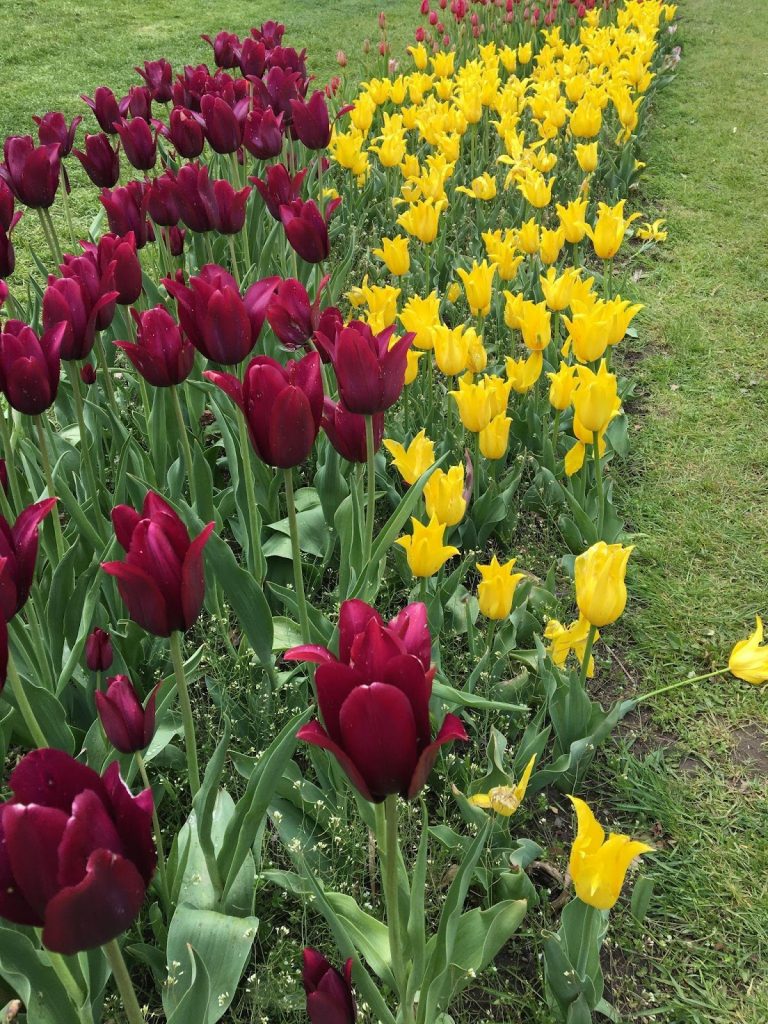

Vibrant spring and fall colors at George Eastman Museum & the Lilac Festival (I highly recommend biking to the Lilac Festival!)
This lifestyle is not without its challenges. Rochester doesn’t have protected bike lanes on most busy streets. When I feel unsafe, I ride on the sidewalk, which puts me in the way of pedestrians. When on a bike, I often feel like I don’t belong anywhere because there is not enough bicycle infrastructure. However, I began to notice which streets felt safe to bike on and which didn’t. For example, I find Goodman and Alexander unpleasant for biking due to higher car traffic, but Averill and Meigs are great to bike on because they are more peaceful and have speed bumps to slow down cars.
As I spoke to friends, family, and coworkers about my experience, I began to realize that this kind of lifestyle was only possible in very limited neighborhoods. I didn’t understand why more neighborhoods were not built in this way and I began to ask myself why cars became so necessary. Don’t get me wrong – cars are useful tools, but in most communities, why are we essentially forced to drive a car, an expensive, depreciating asset, to participate in society?
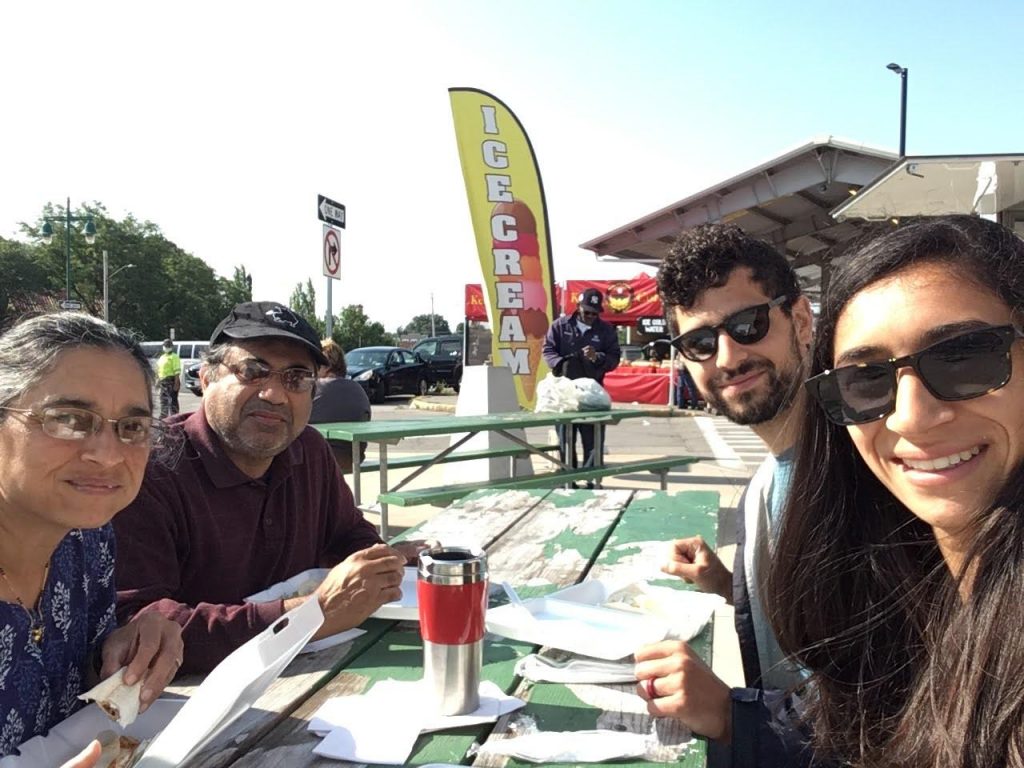
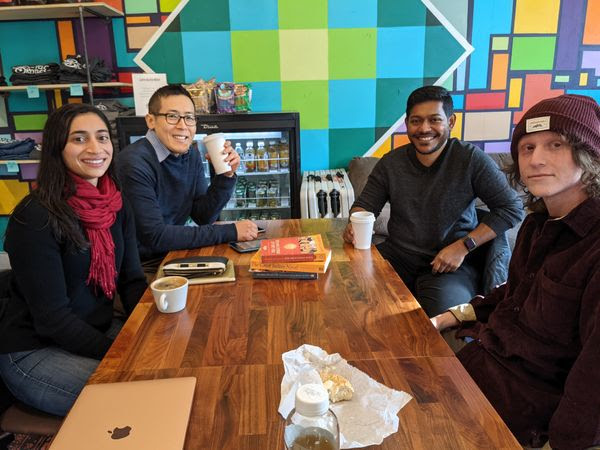
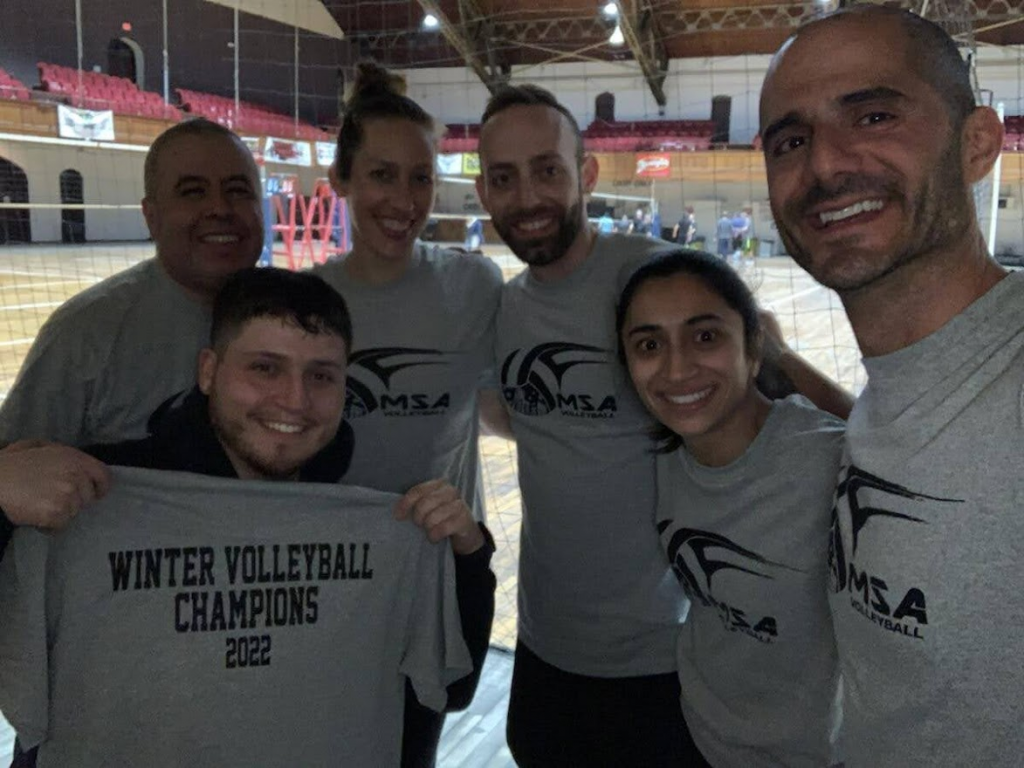
Volleyball at the Armory, Book Club at Bicycle Brothers, and tacos at the Public Market. Living car-lite did not stop me from having lots of social activities as I am able to walk or bike to a lot of places. This was possible due to my neighborhood’s proximity to many activities.
Questions like these and a lot of Googling, YouTube, and Reddit rabbit holes led me to discover Not Just Bikes and Strong Towns where I found answers on why walkable neighborhoods are so rare. As my husband and I plan to continue to live car-lite, we plan to support efforts that make walking, biking, and transit safer and more convenient. You can also help make a car-lite lifestyle more possible and enjoyable by communicating its importance to public officials. A great way to start is by giving input for the City of Rochester’s new Active Transportation Plan and for Monroe County’s new Countywide Active Transportation Plan. Don’t feel like you need a degree in Urban Planning to be able to give input! You are the one that understands your neighborhood and streets and what changes can help your community thrive.
Interested in sharing your story on the Reconnect blog? Reach out to Community Engagement Manager, Jahasia Esgdaille (jahasia@reconnectrochester.org) to get started!


